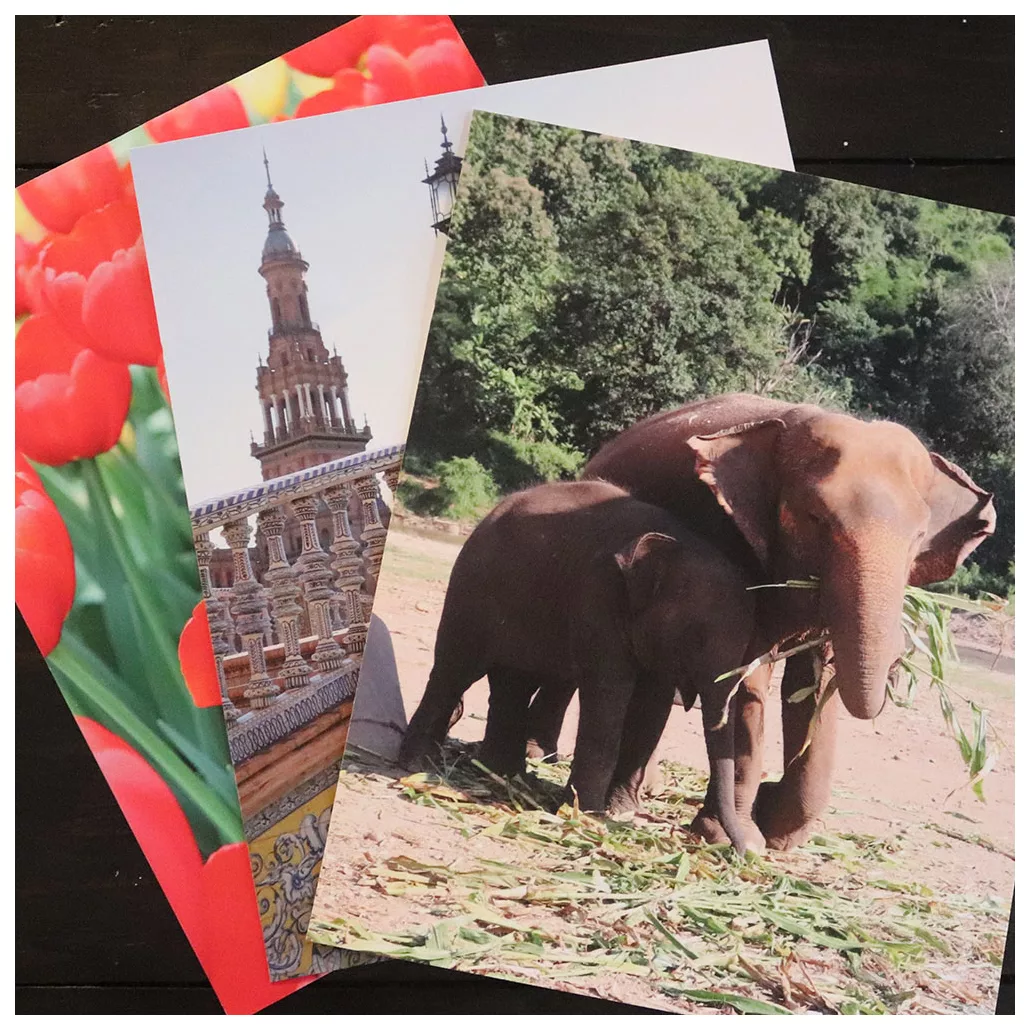Venice, Italy – Things to Do & Travel Guide (It deserves more than a day trip!)
Last updated on April 10, 2025
Venice is one of the must-sees of Italy. There are so many places in the world nicknamed after it – “the Venice of the north,” “the Venice of the east,” “little Venice.” But there’s only one real Venice. It has a mixed reputation of being a magical place and one of the most overrated places in the world. My first trip, I found the city to be absolutely beautiful. No doubt it’s touristy, but on my second trip, I found it just as charming.
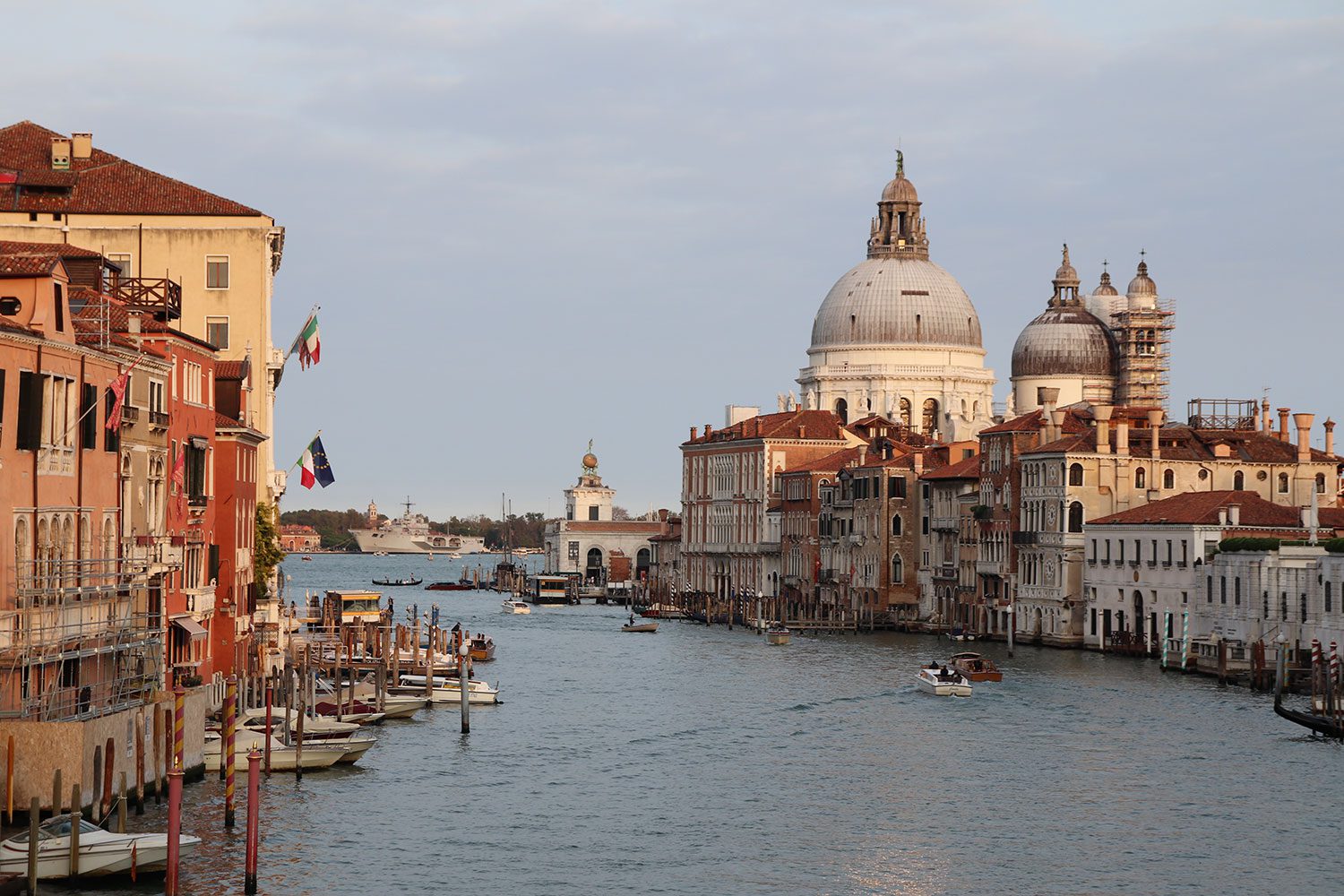
Most people carve out a day to visit Venice and, after a 2020 cancellation, etc., I ended up cutting down 3 days in Venice to one day. Over and over again I’ve heard, “there’s just not much to do there,” and this is absolutely not true. Now I want to share with you what I did, and what I didn’t get to do, and why you should make time for this lovely and unique city.
A Brief History of Venice
I decided to put a brief history here because Venice is kind of weird. Why did people decide to build a water-city? Venice has a history that dates back two thousand years, when fishermen lived in houses on stilts. There were a few natural islands around Venice and the stilt-houses turned into houses on wood platforms which turned into an early version of Venice. It became a city in 421 AD and became its own republic in 697.
Of course Venice became very wealthy due to trade, with its location being ideal for trade with Constantinople. It was able to grow and conquer different places in present-day Croatia, Greece, and Cyprus – where you’ll see some remnants of the Empire even today. But after centuries of power, Venice fell to Napoleon in 1797. It became part of modern day Italy in 1866. Today it looks as it did centuries ago and thrives on tourism.
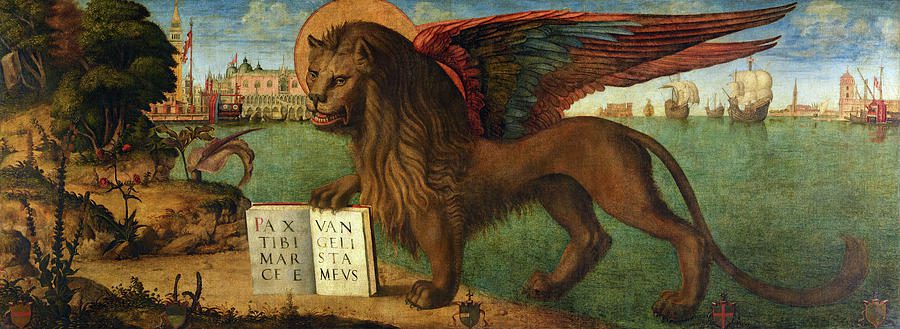
You’ll see a winged lion all around Venice and you may have even seen it in former Venetian colonies. This is the symbol of Venice, the Lion of Venice or the Lion of St Mark. The winged lion is a symbol of St Mark, who – with the Basilica di San Marco – is the city’s patron saint. He holds a book reading Pax tibi Marce, evangelista meus which means “Peace to you, Mark, my evangelist.” But on its own, the powerful lion isn’t a bad symbol to have for a powerful empire.
The Essential Sights of Venice
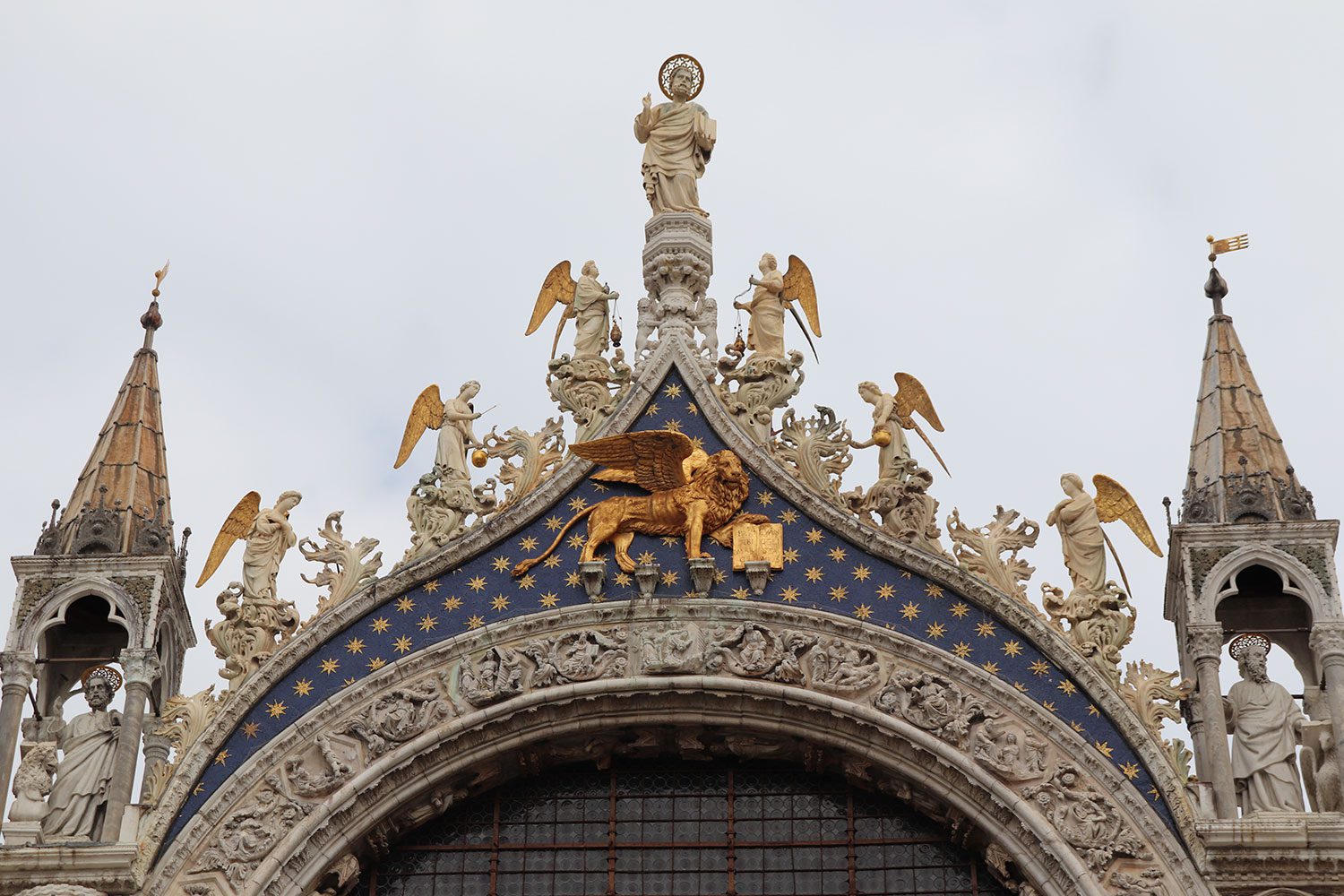



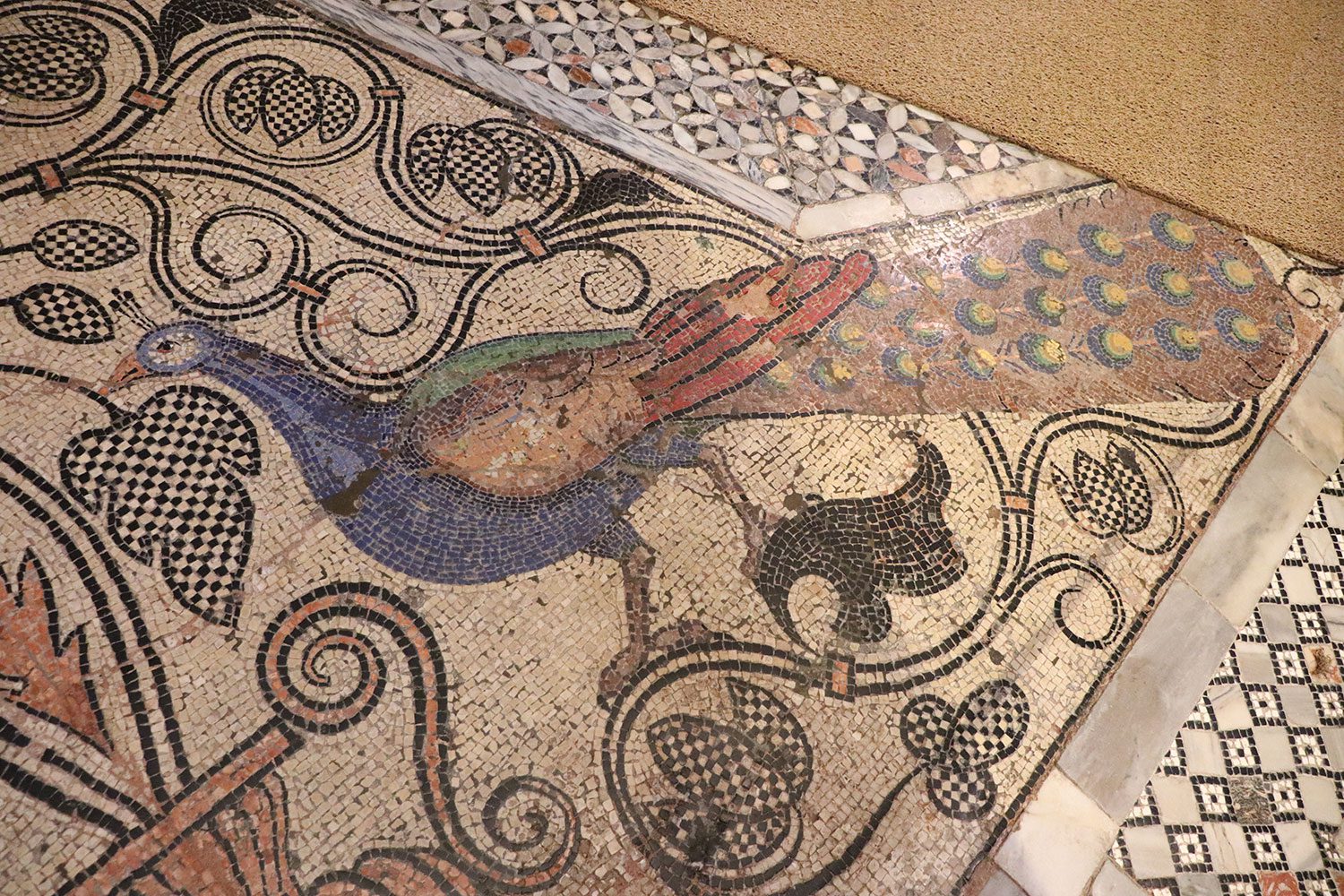
Obviously the most popular part in Venice is the Piazza San Marco, home to St. Mark’s Basilica. The church itself dates to the 9th century but its architecture today dates to 1063. Amazing that it’s almost 1000 years old! The basilica is absolutely stunning and is clad head to toe in gold. Admittance is a few euros and the line to get in is usually long, but you can also buy tickets online. Some areas of the basilica cost more money to get into, particularly to access the upper levels and see the treasury.
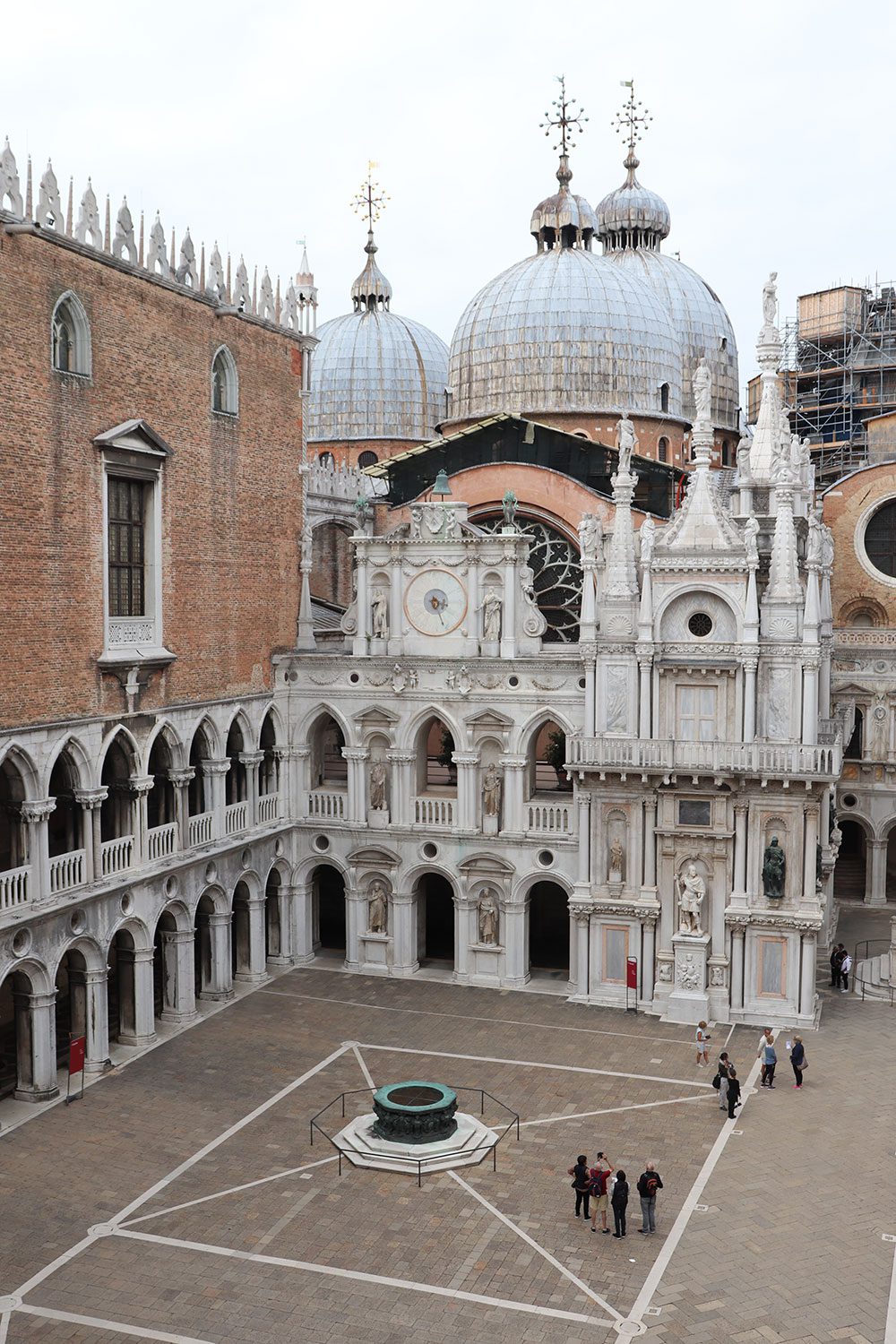
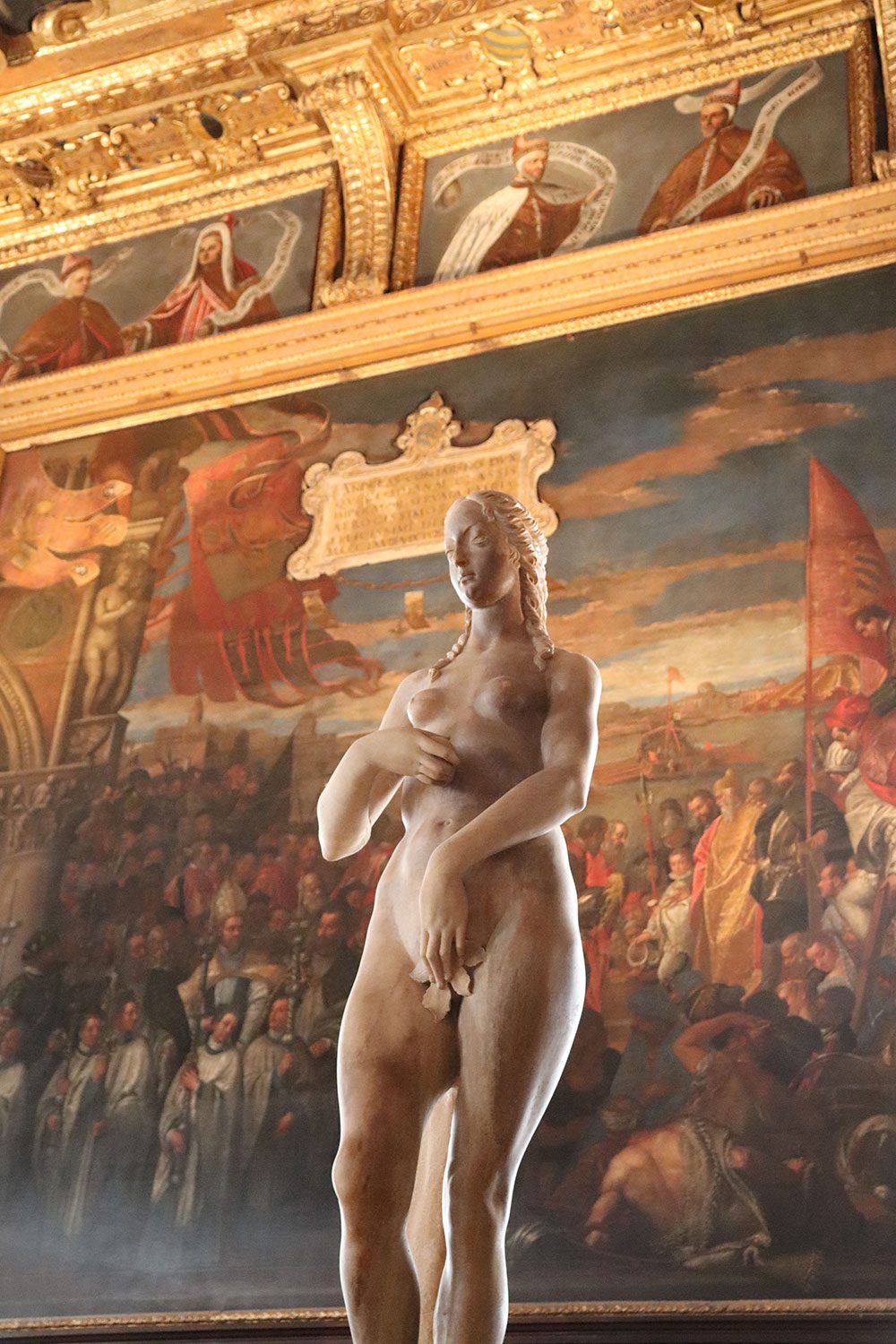
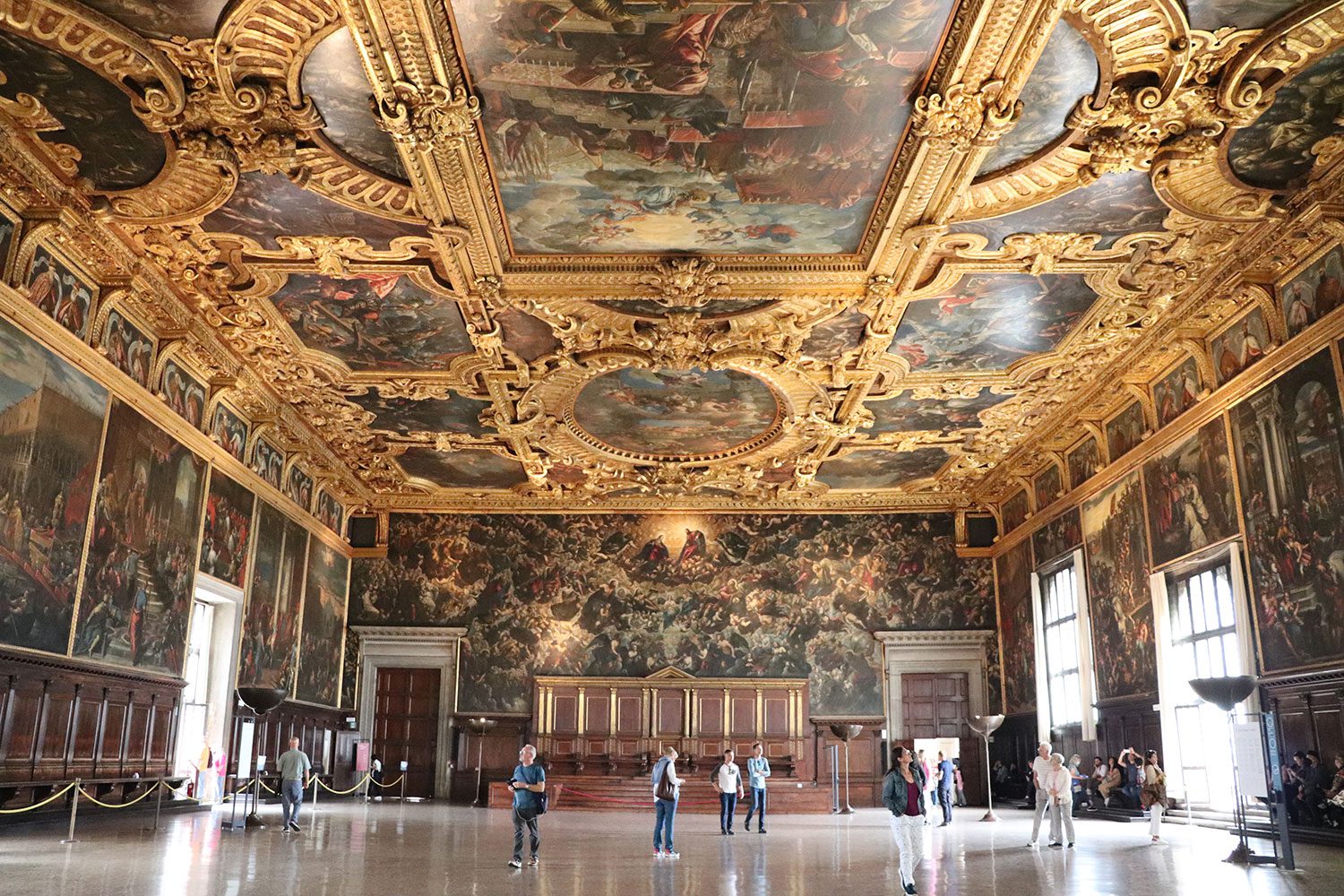

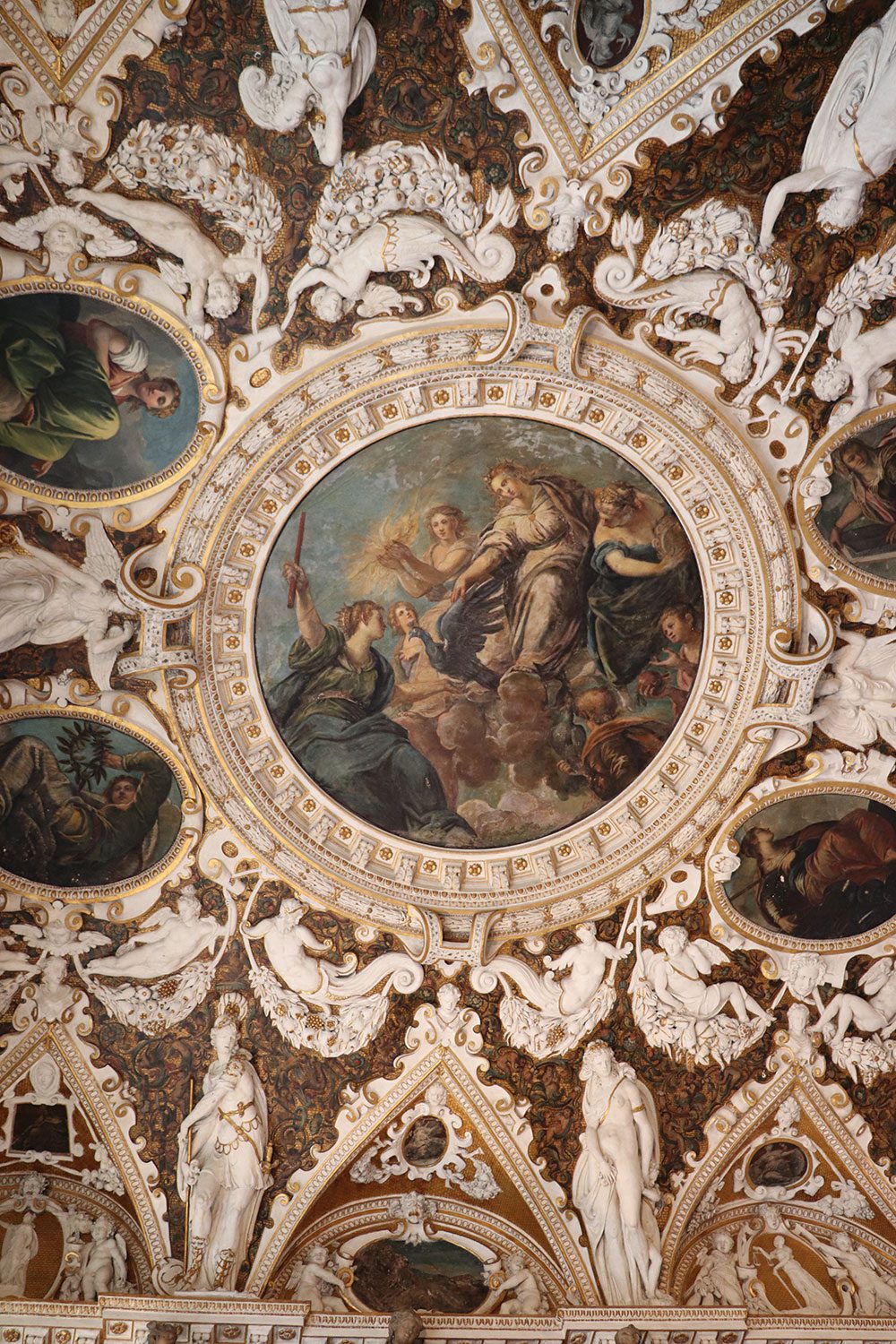
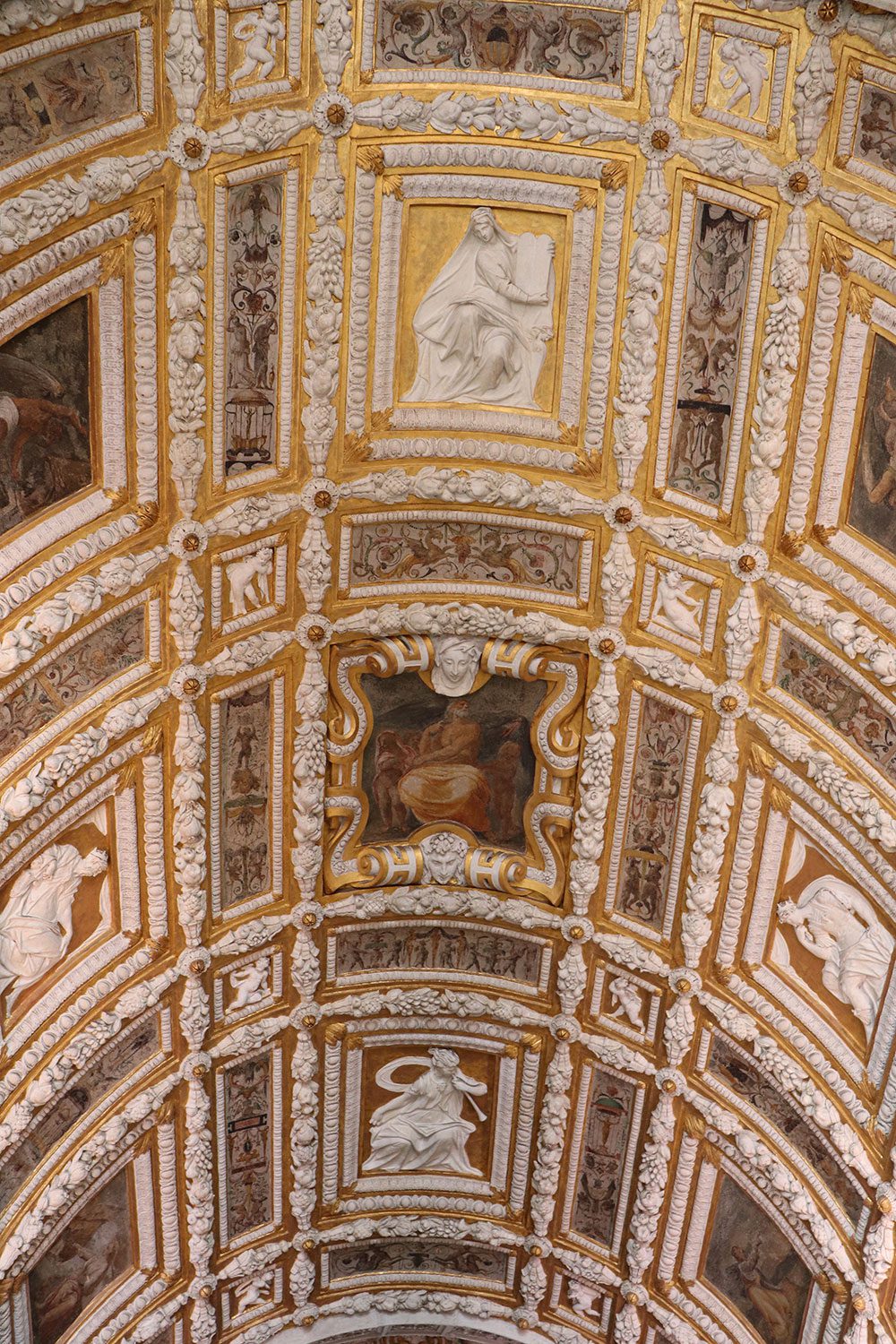
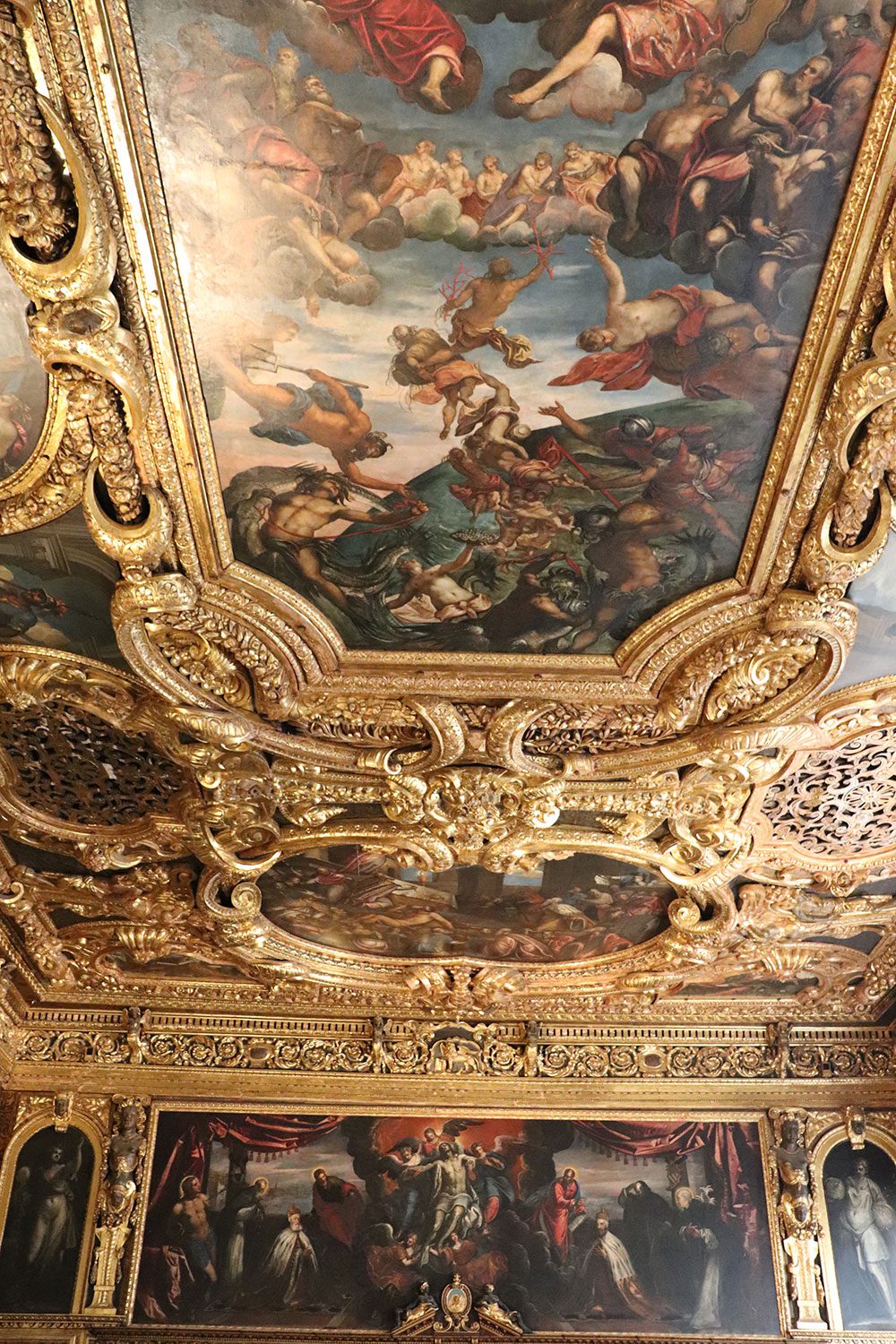
Doge’s Palace (Ducal Palace) is one of the most popular places to visit in Venice. A doge was the head of state of the Venetian empire’s city-states (Venice, Verona, Bergamo, etc.) It originally dates to the same era as St. Mark’s Basilica but was redone in the 15th-16th centuries. It’s such a large palace and the inside is absolutely breathtaking. Remember to look up because the ceilings are where the most decor is at! You also get access to the Bridge of Sighs and the prison, which is also fascinating. Be sure to set aside at least an hour to visit the Palace.

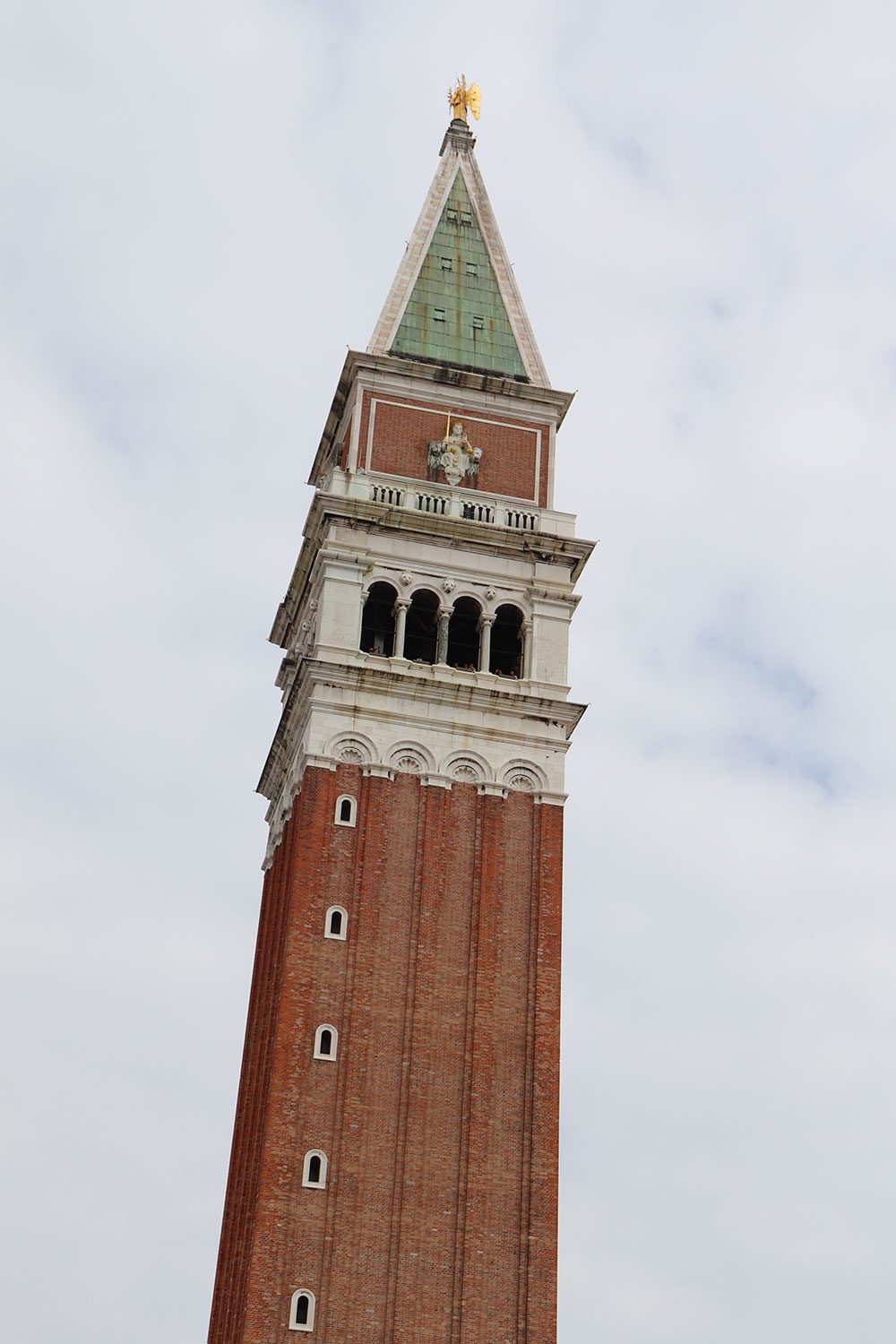
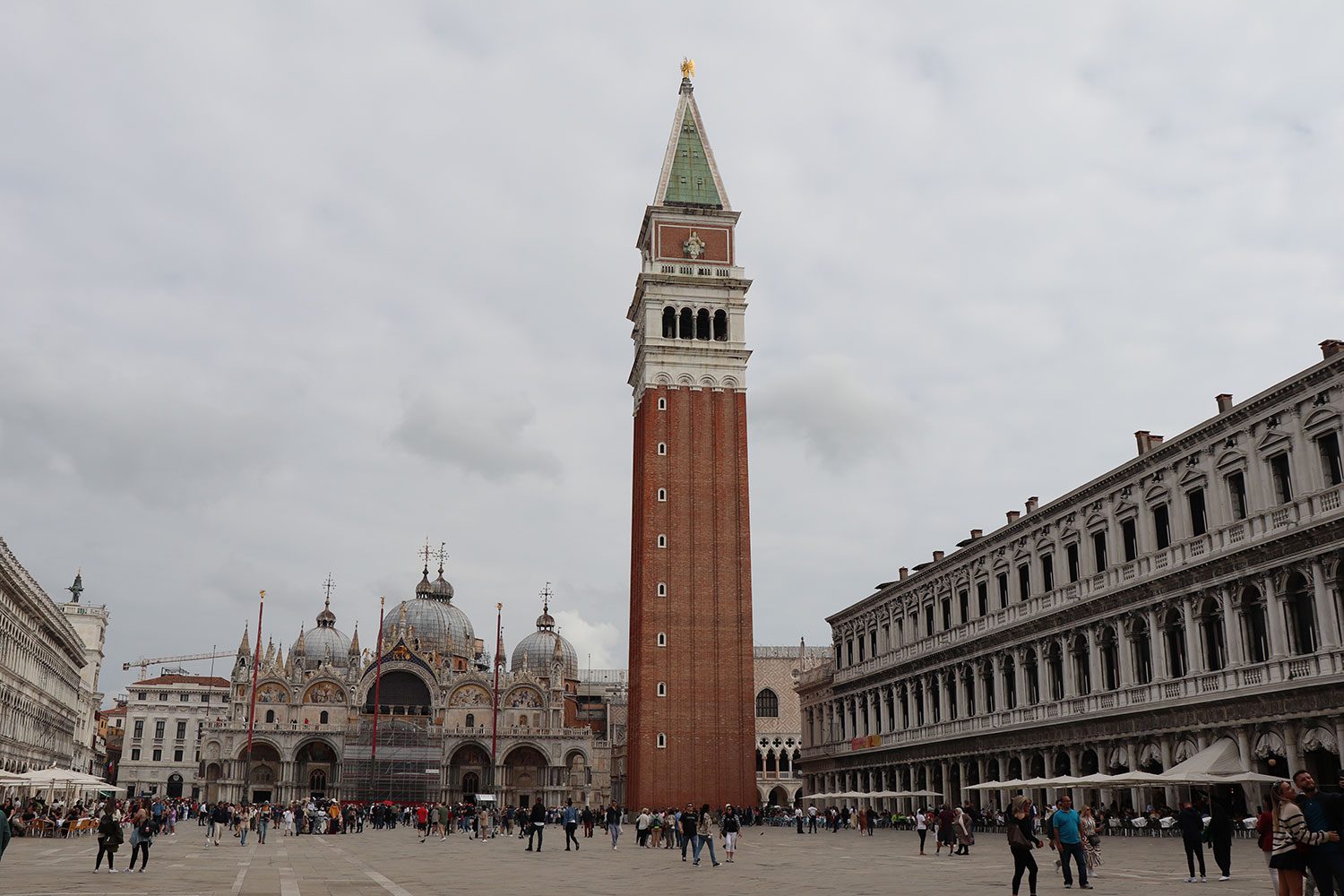
In this area you’ll also see the beautiful Torre dell’Orologio and the Campanile. If you like city views, you can go up to the top of the Campanile tower. You can also see the Bridge of Sighs from the outside. It’s called the Bridge of Sighs because it connects the palace, where the courts were, to the prison. It’s said when prisoners were crossing the bridge after being sentenced, they’d sigh as they were leaving the world of freedom behind them.
The Rialto Bridge is another famous landmark of Venice. It’s a beautiful enclosed stone bridge dating back to the 16th century. Of course it’s incredibly touristy today, but I say everything’s worth a look. Venice claims to house 300 bridges so if you’re not a huge fan of Rialto, then there’s definitely more to see.
These are the main things to do in Venice, and a lot of people do these plus a gondola ride and a nice meal on their day trip to Venice. It’s all a solid choice. Crowded? Most definitely, but certainly not overrated. But there’s certainly a lot more to do in this large city.
Other Things to Do in Venice (There are many!)

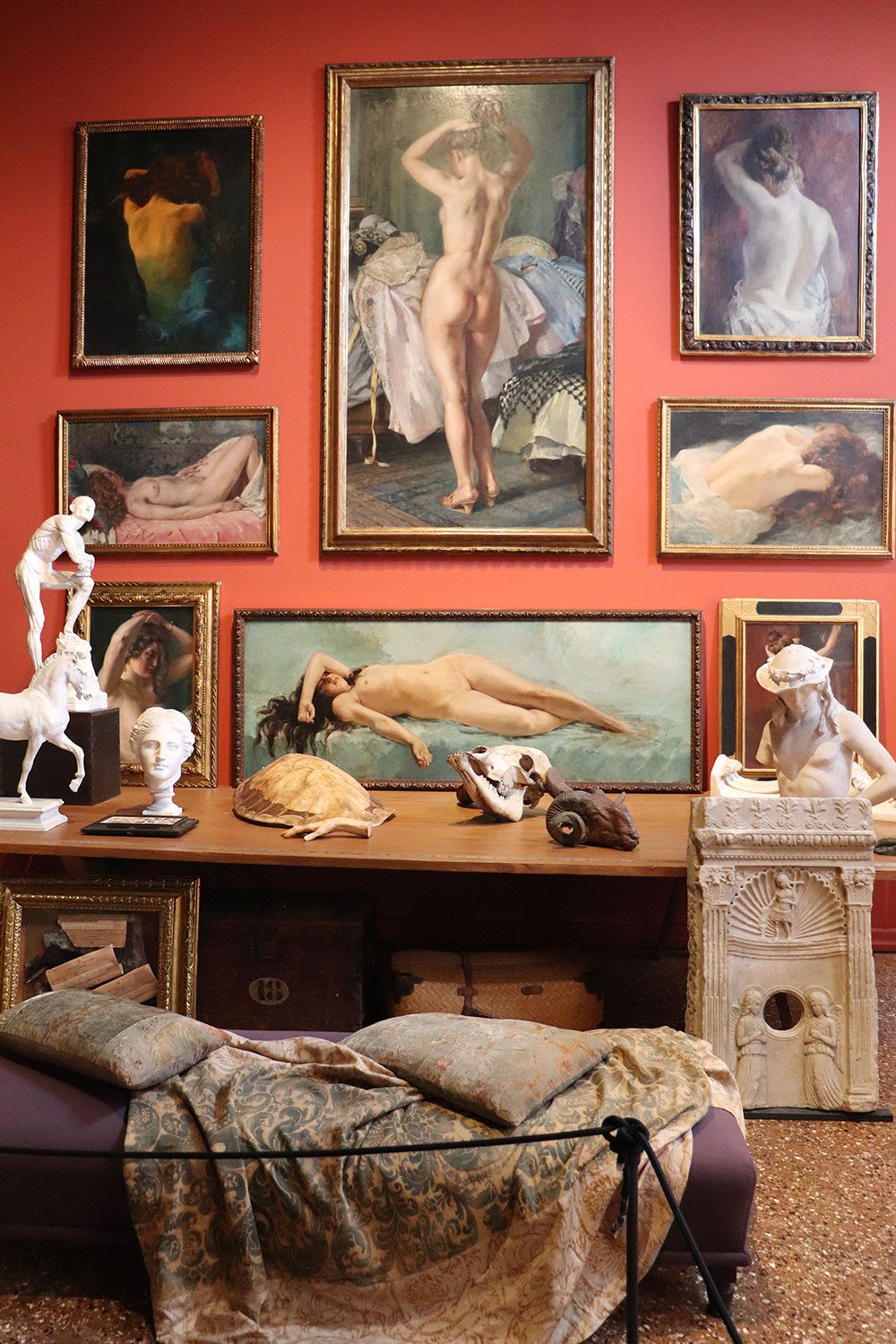
Art lovers can also enjoy Palazzo Fortuny, which is small but has a lovely art collection from the 19th/20th centuries. The palace itself dates to the 15th century but it’s decorated as it was when the fashion designer, Mariano Fortuny, lived there around the turn of the 20th century. Italy is filled with Renaissance art but Palazzo Fortuny is more of a Bohemian style. It’s quite lovely and different, but still lavish.
Museo Correr is right off of Piazza San Marco but still a bunch of people skip it. It loosely tells the history of Venice through some art and artefacts. I didn’t find it particularly interesting but it’s something to consider if you have more time in Venice.
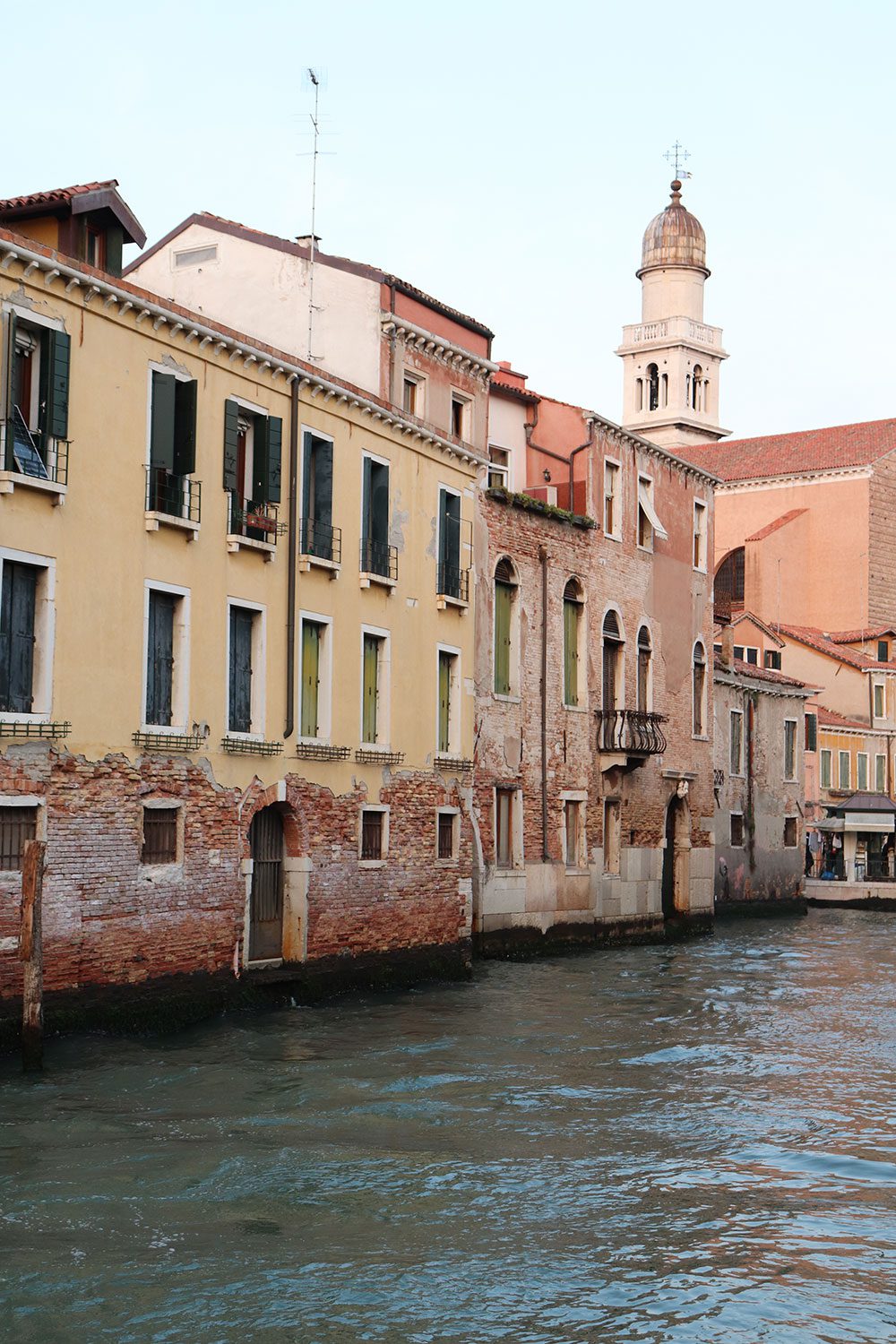
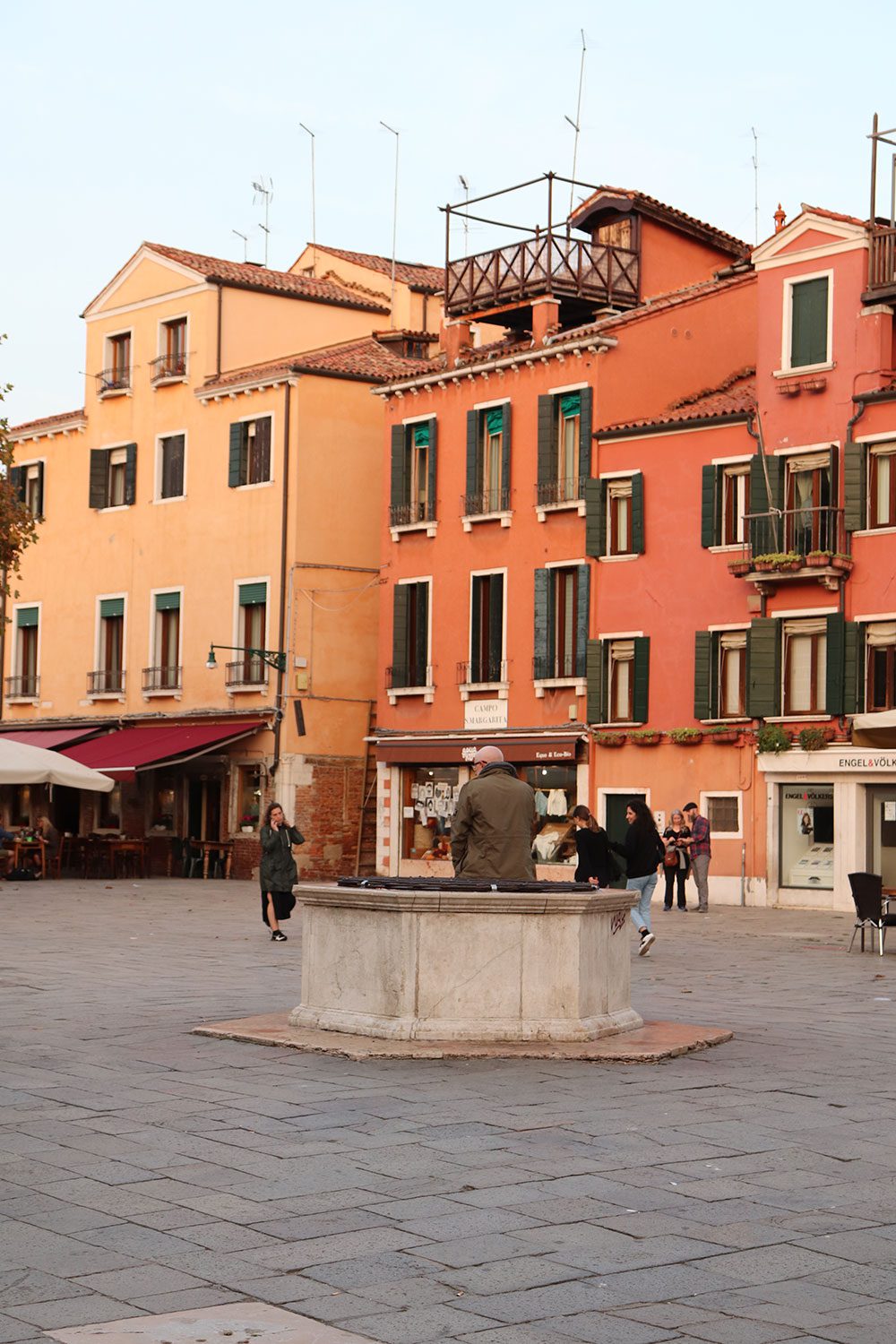
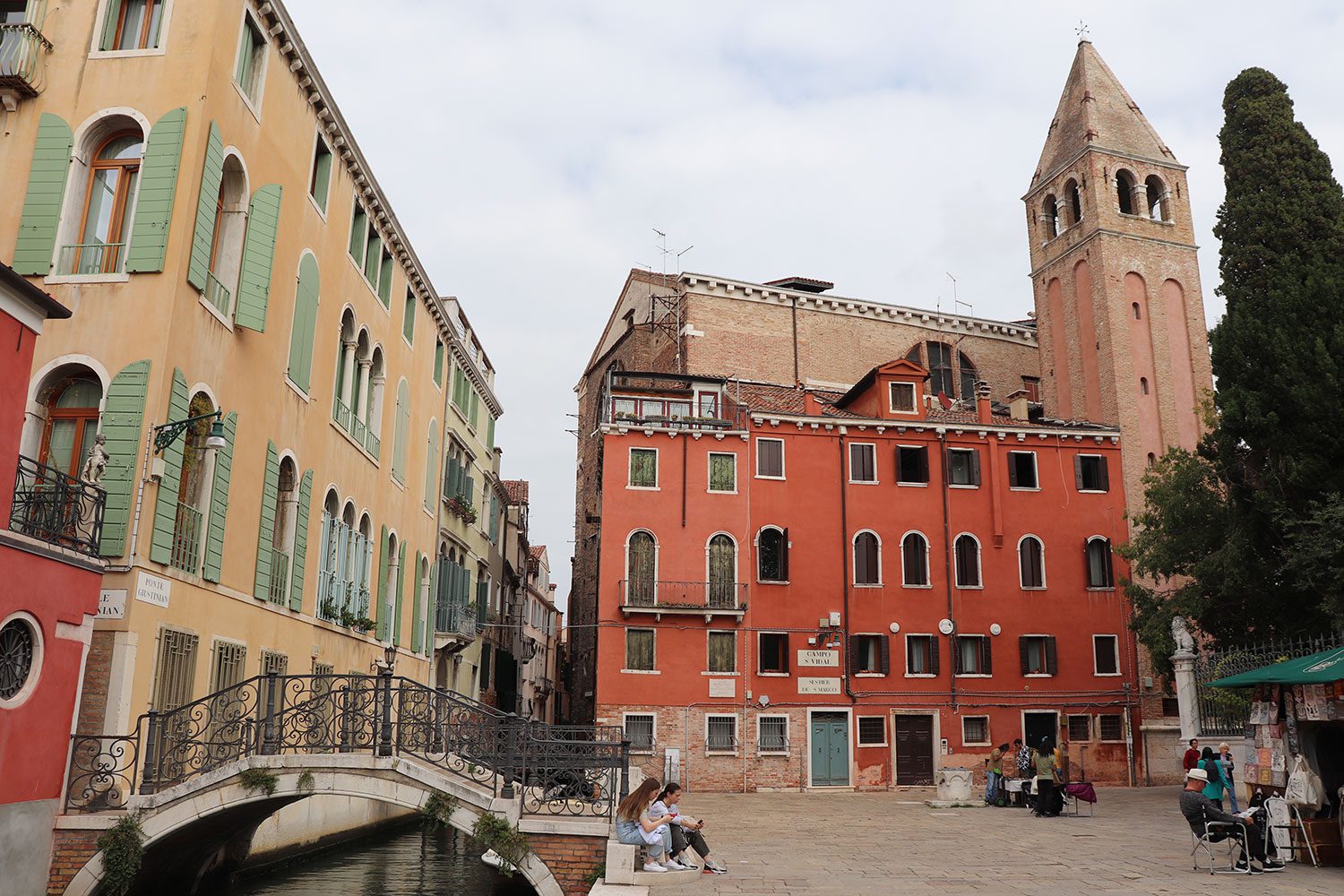
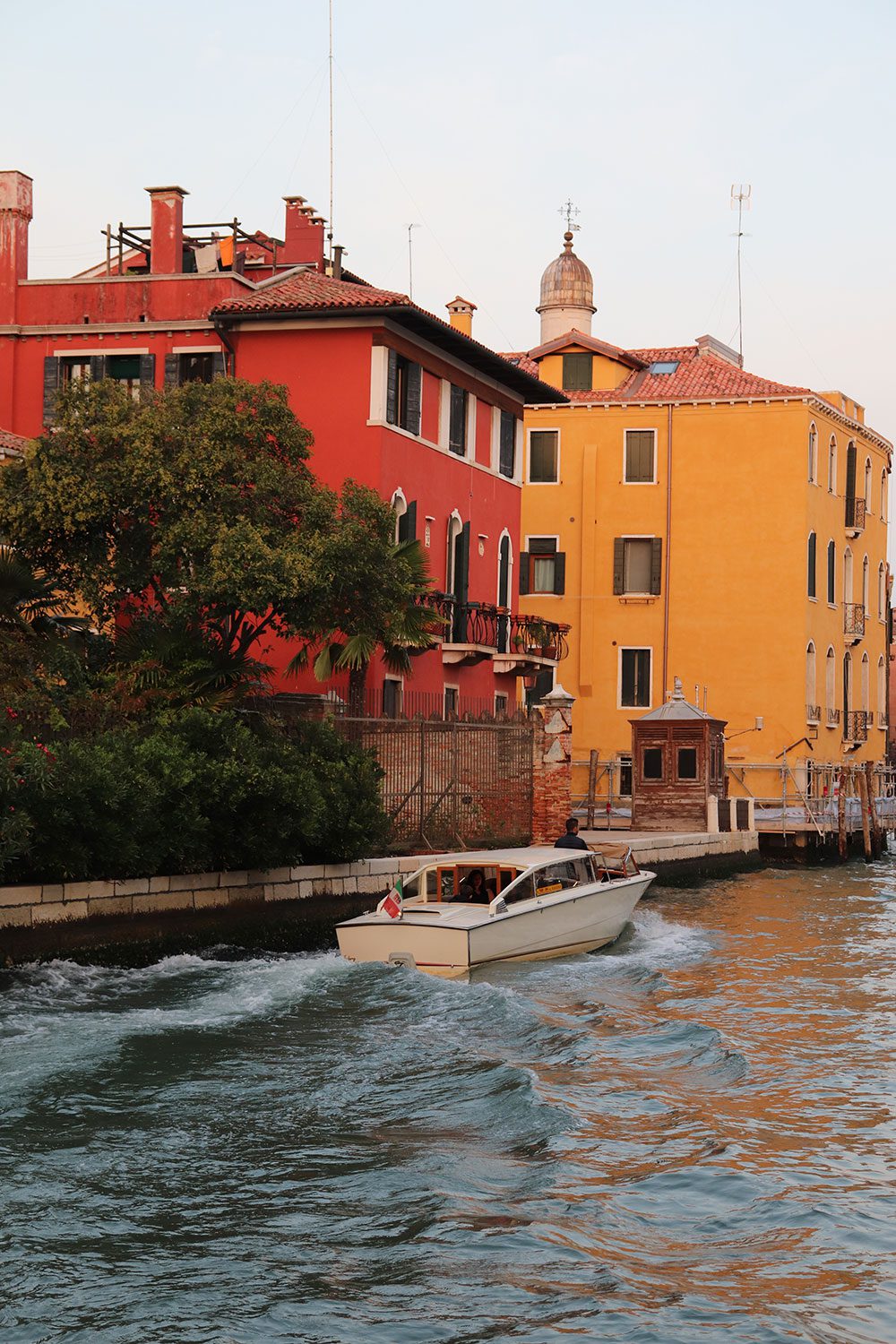

Buy a print of this photo from my store!
If you like views but don’t want to climb stairs, an excellent option is the T Fondaco Dei Tedeschi. It’s a high-end shopping mall with a viewing platform up top. Of course, I went there think, “Oh, this is a hidden gem, I’m gonna get great pics that nobody else has.” Apparently it’s so popular that timed tickets are required to access the terrace and they were sold out for the day when I got there in the morning. It’s free but if you want to go, book your reservation ahead of time.
I wouldn’t normally recommend the Venice fish market but they have lots of other things like produce and packaged goods there, too. It’s pretty much a farmer’s market so if that’s up your alley, you can go to “Mercato di Rialto” and you’ll find the market there.
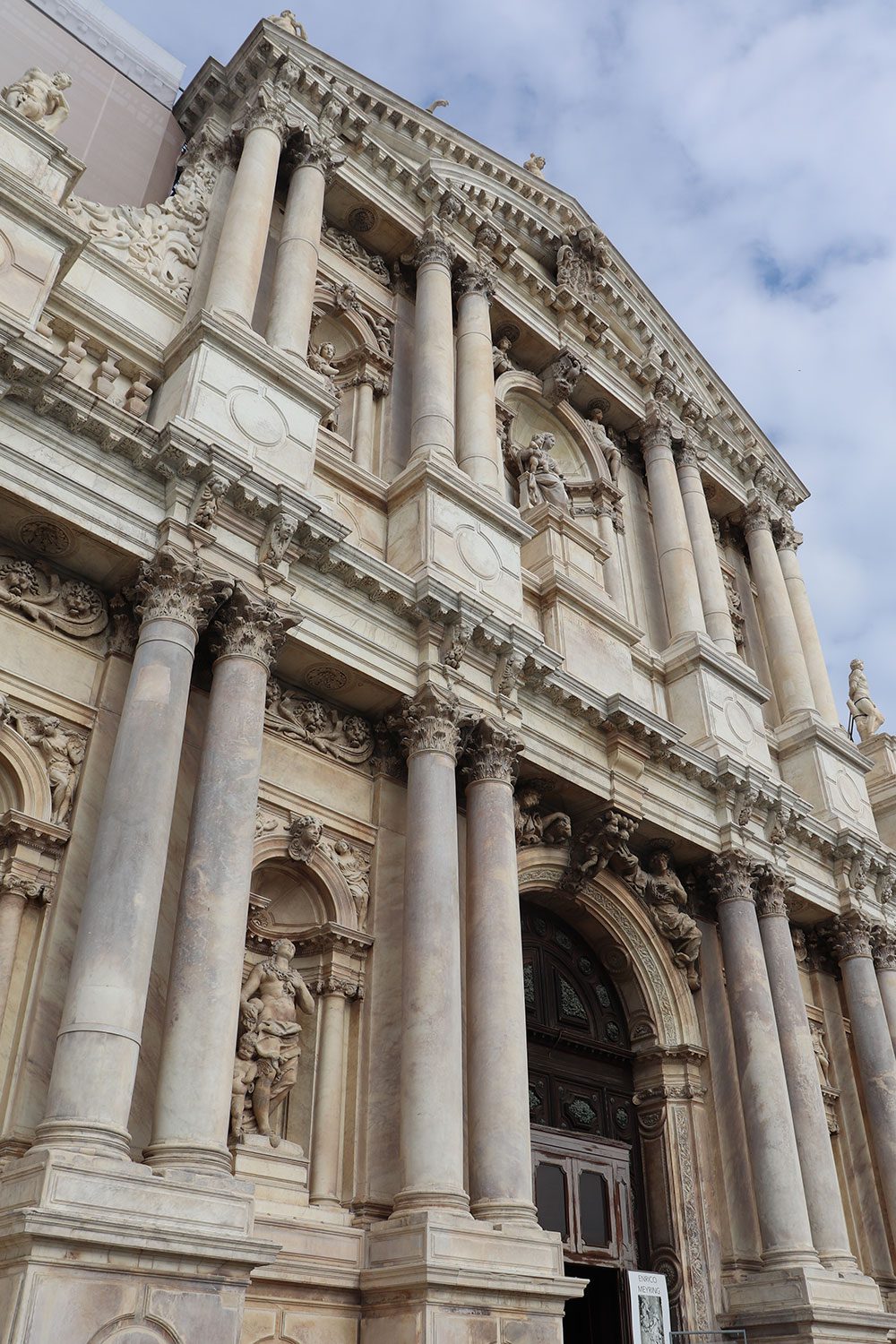
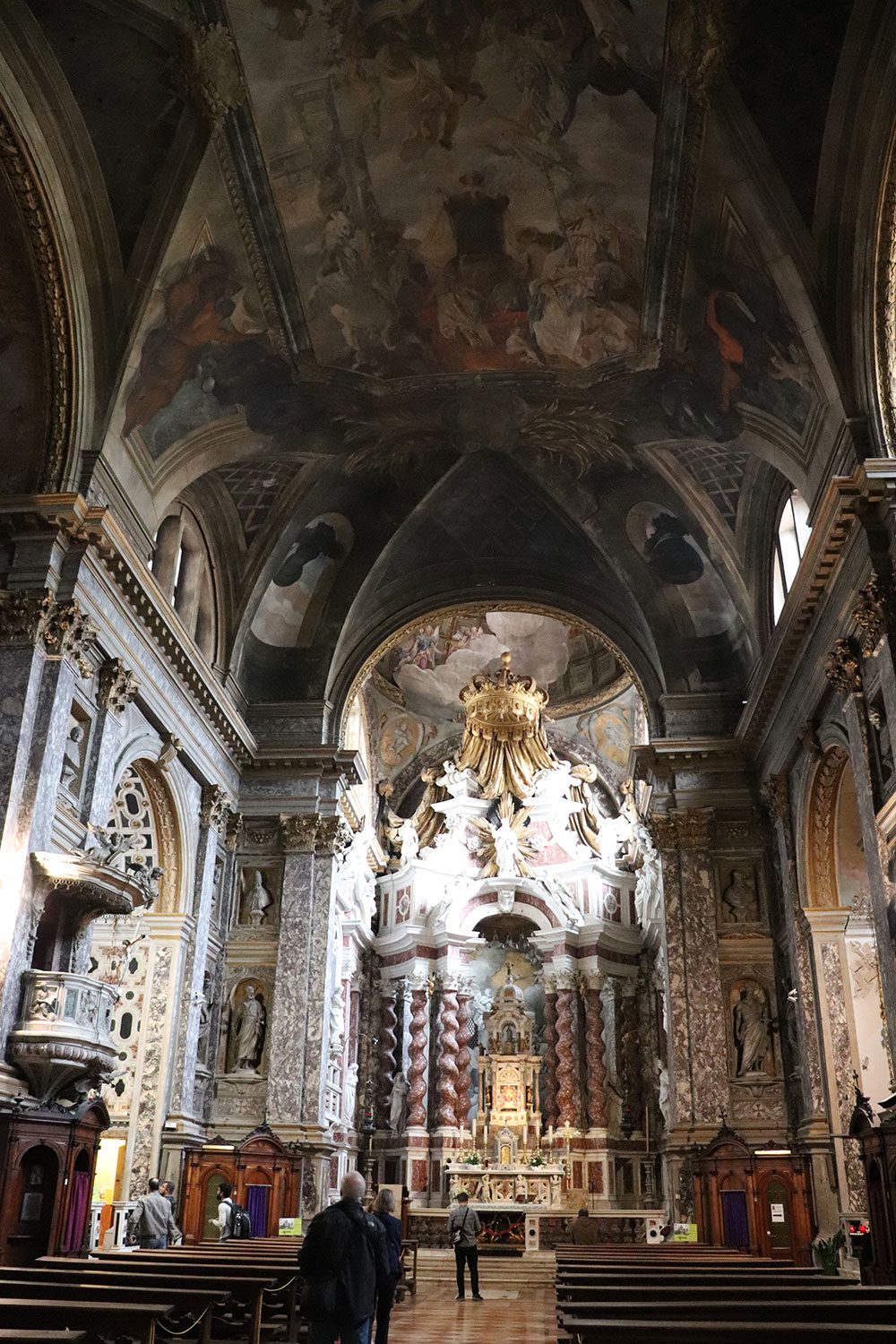
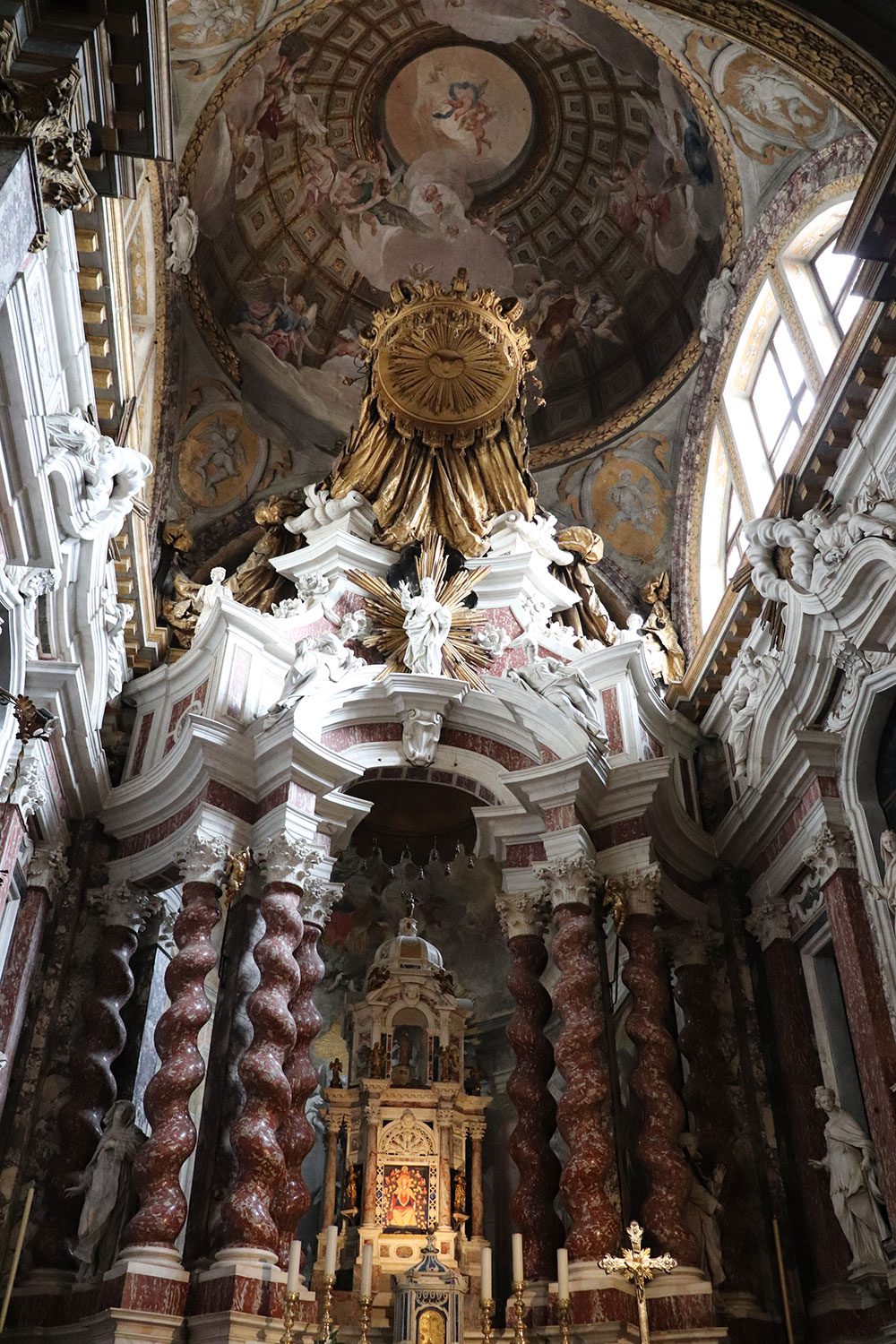
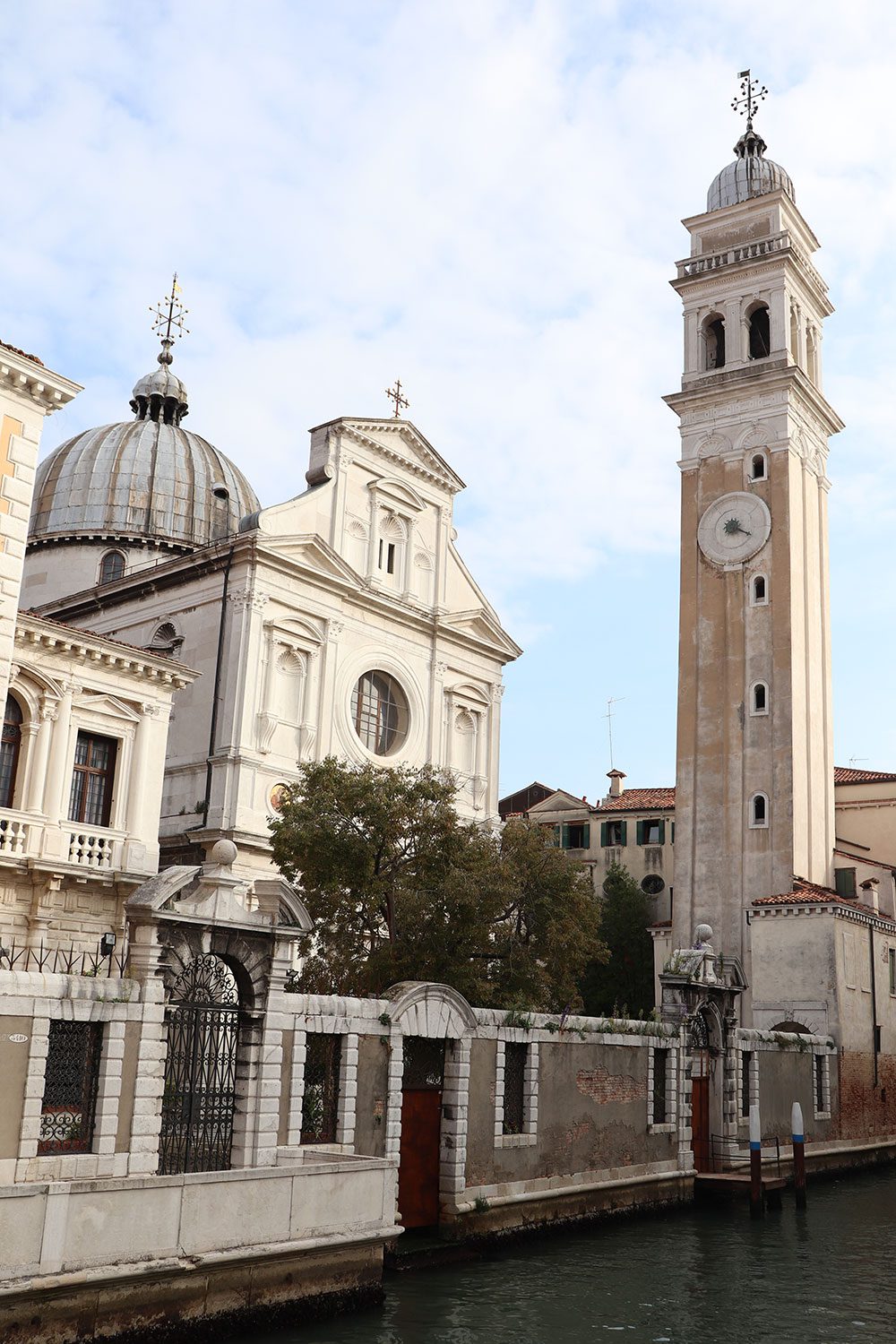
Like many other places in Italy, Venice is home to beautiful churches. I got to stop into Church of Saint Mary of Nazareth, which is right near the train station. It’s free entry and the church is stunningly decorated in baroque style. Another one I enjoyed was the Church of San Zaccaria, which also has the body of San Zaccaria on display (though it’s covered in wax or metal).
Now let’s get to the things in Venice I wanted to do but didn’t have nearly enough time to. (I’ll get more into timing below.)
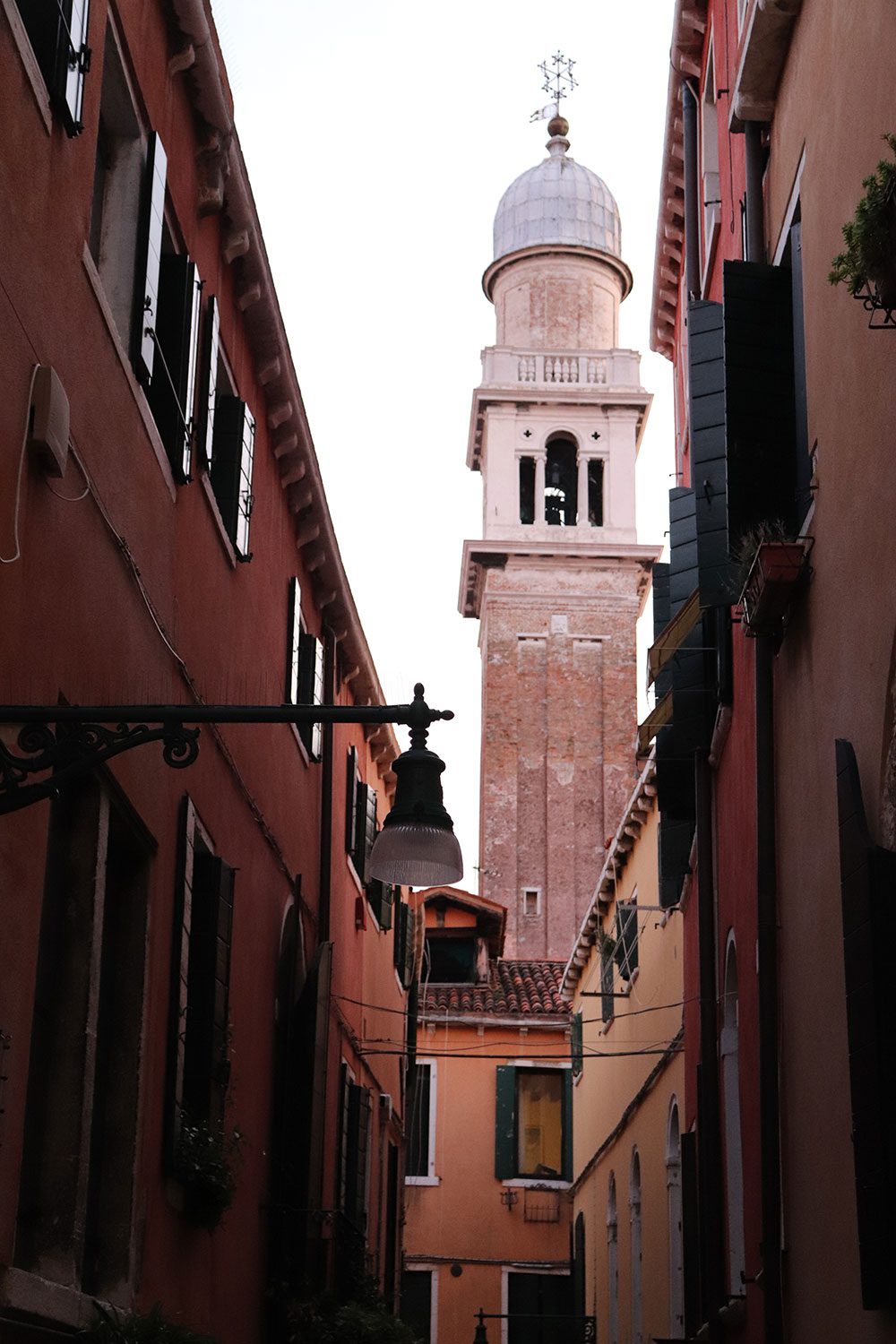
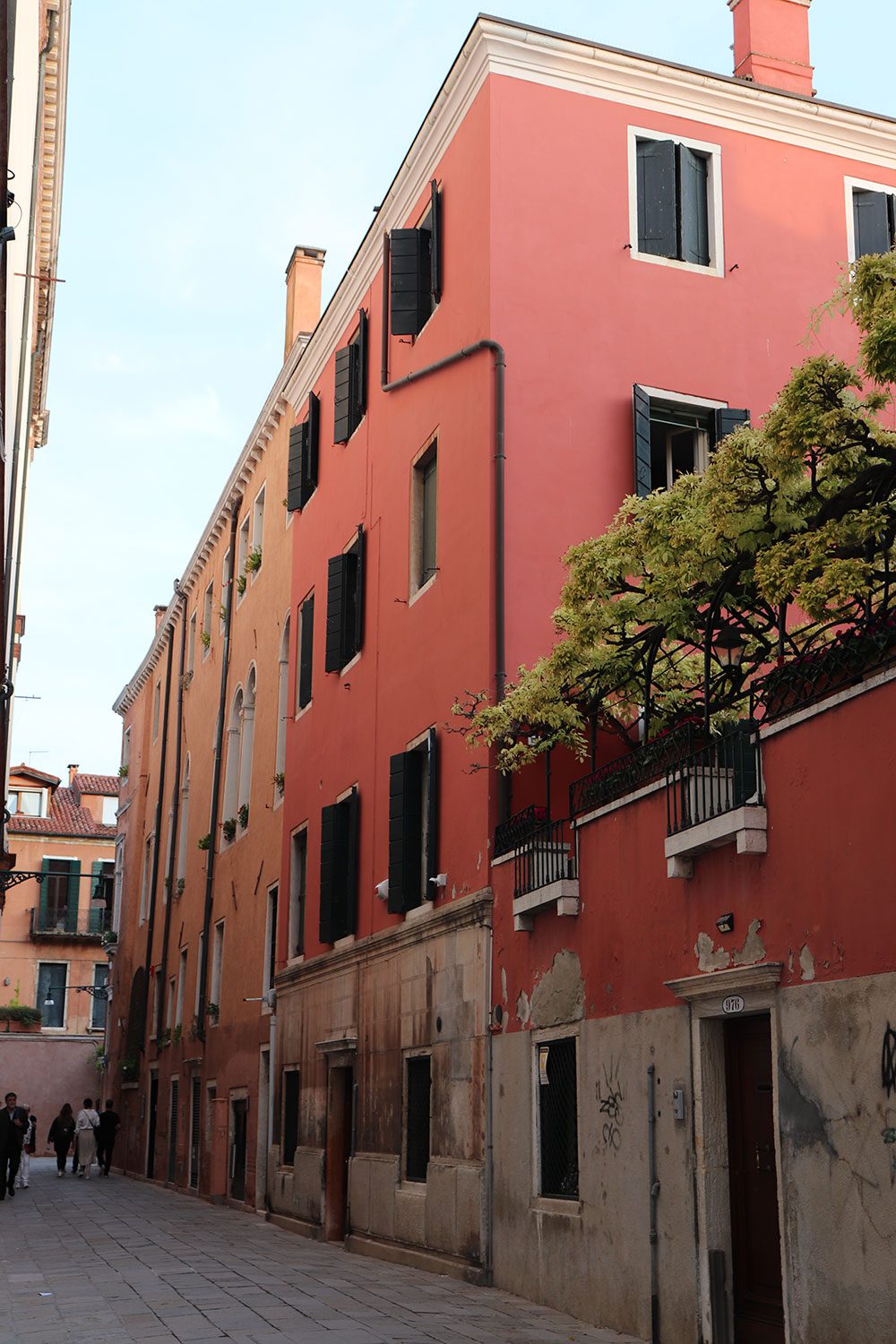
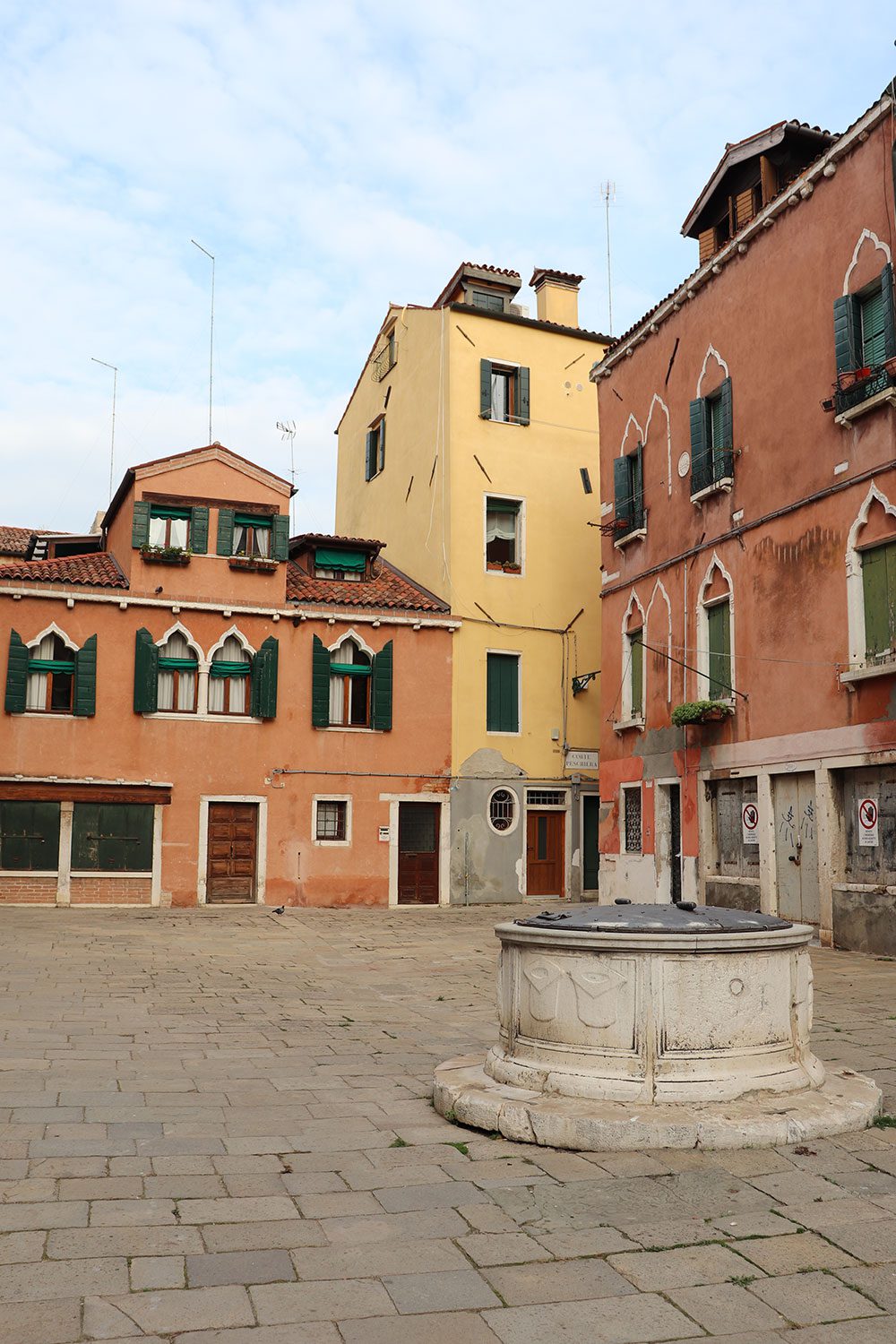
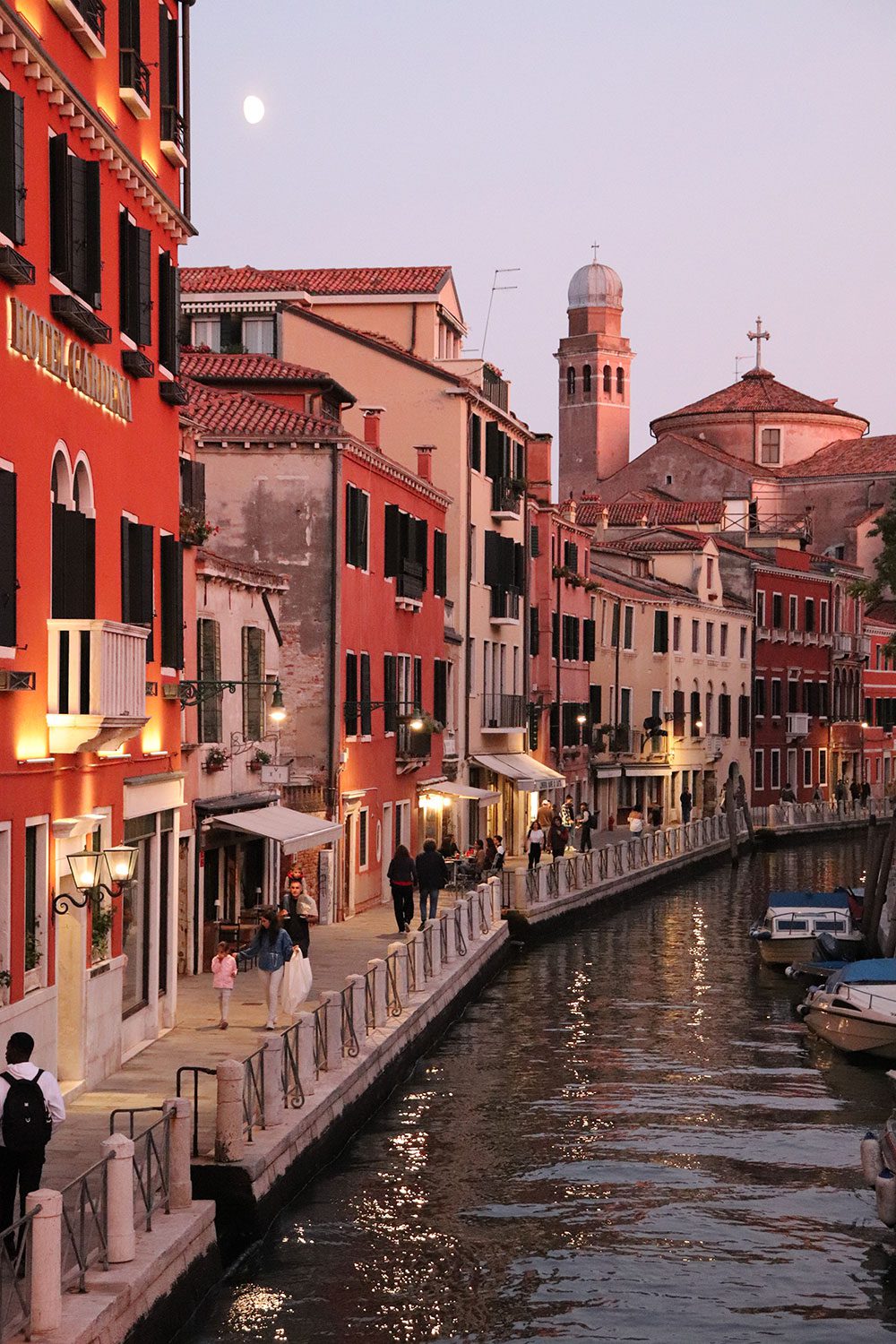
Let’s start with the art galleries. I thought I’d have time to fit in two of them but I did not. Even though it was included in my Venice pass, I had to skip the Monumental Rooms of the Biblioteca Marciana for lack of time. I particularly wanted to go to Ca D’oro which is an art gallery housed in a beautiful old Venetian Palace. You’ll find there’s a lot of that in Venice, including my second pick, Ca’Rezzonico. The Rezzonico calls itself a museum of 18th century Venice and is a beautifully decorated Rococo building.
Venice is also home to a Peggy Guggenheim Collection for modern art, the Academia Gallery for older Venetian art, Ca’Pesaro gallery of modern art in an old palace, and Palazzo Grassi which is exhibition-based modern art. Plus another palace museum to see is Palazzo Grimani.

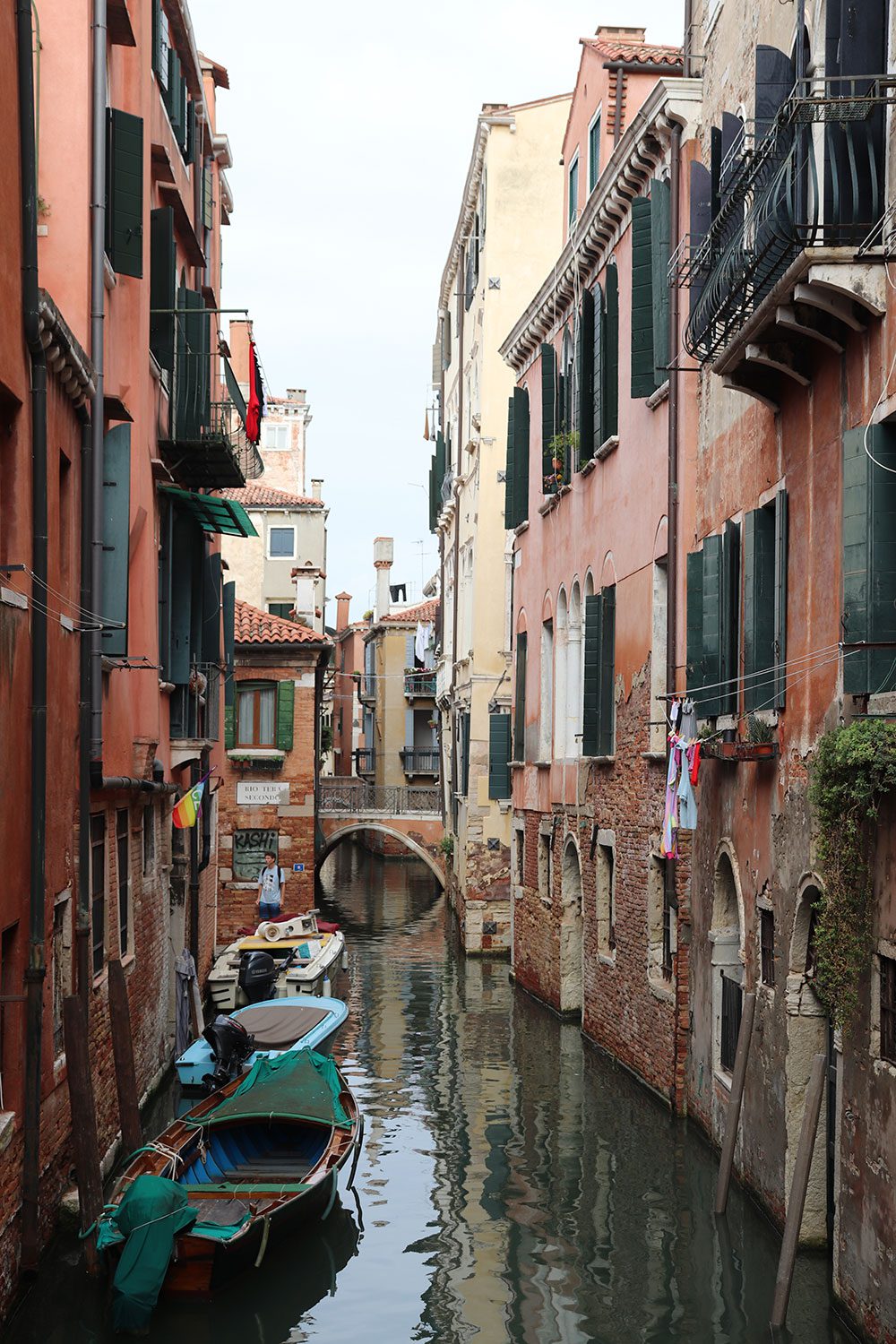

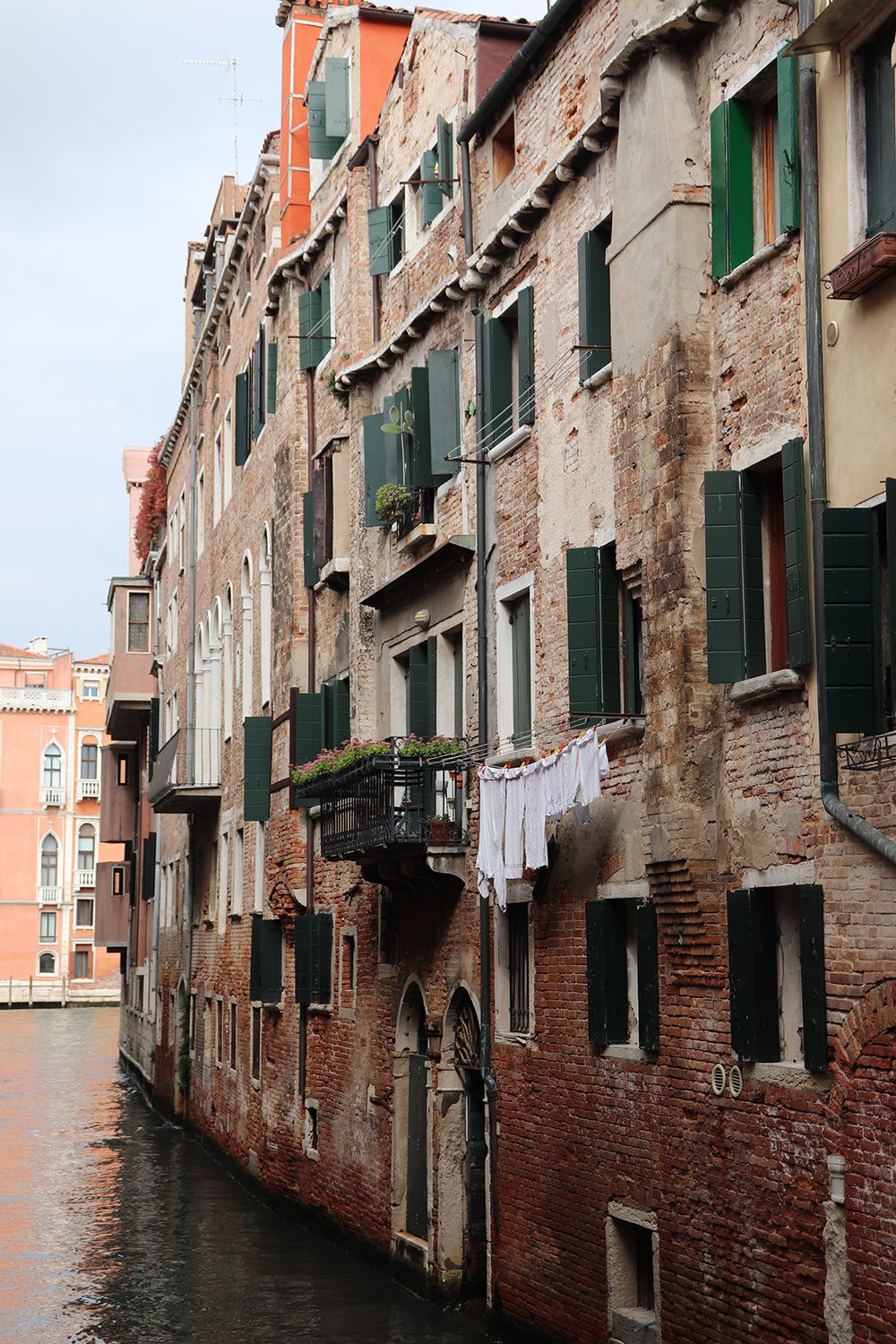
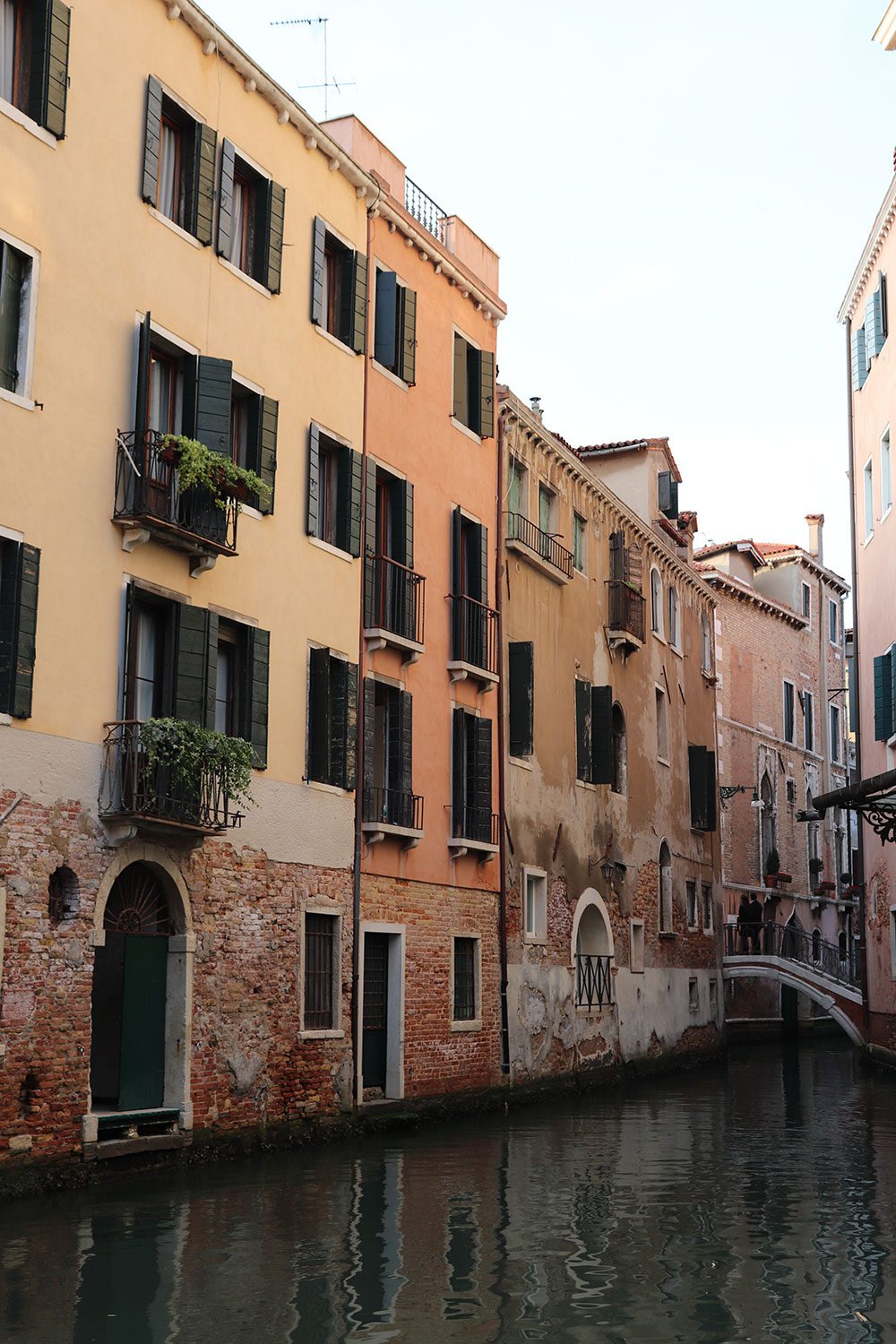
Burano & Murano combined are a rather popular day trip to take within the archipelago, but it definitely needs at least a half-day to explore. Burano is a quaint section of Venice that you can access with a ferry. Here you can visit the Lace Museum. Just don’t stop there because the area has quite a few colorful streets to explore. Then of course Murano is home to the Murano Glass Museum but it also quite big with a lot to explore in the area. Nearby you can see the beautiful old church Basilica of Santi Maria e Donato. Murano is also accessible only by water taxi.
Something that looks fun, but you’ll need a few hours for, is a mask making class at Ca’Macana. You can learn how to make and decorate a paper-mache mask like they wear during the famous Carnival of Venice. It sounds like a fun learning experience.
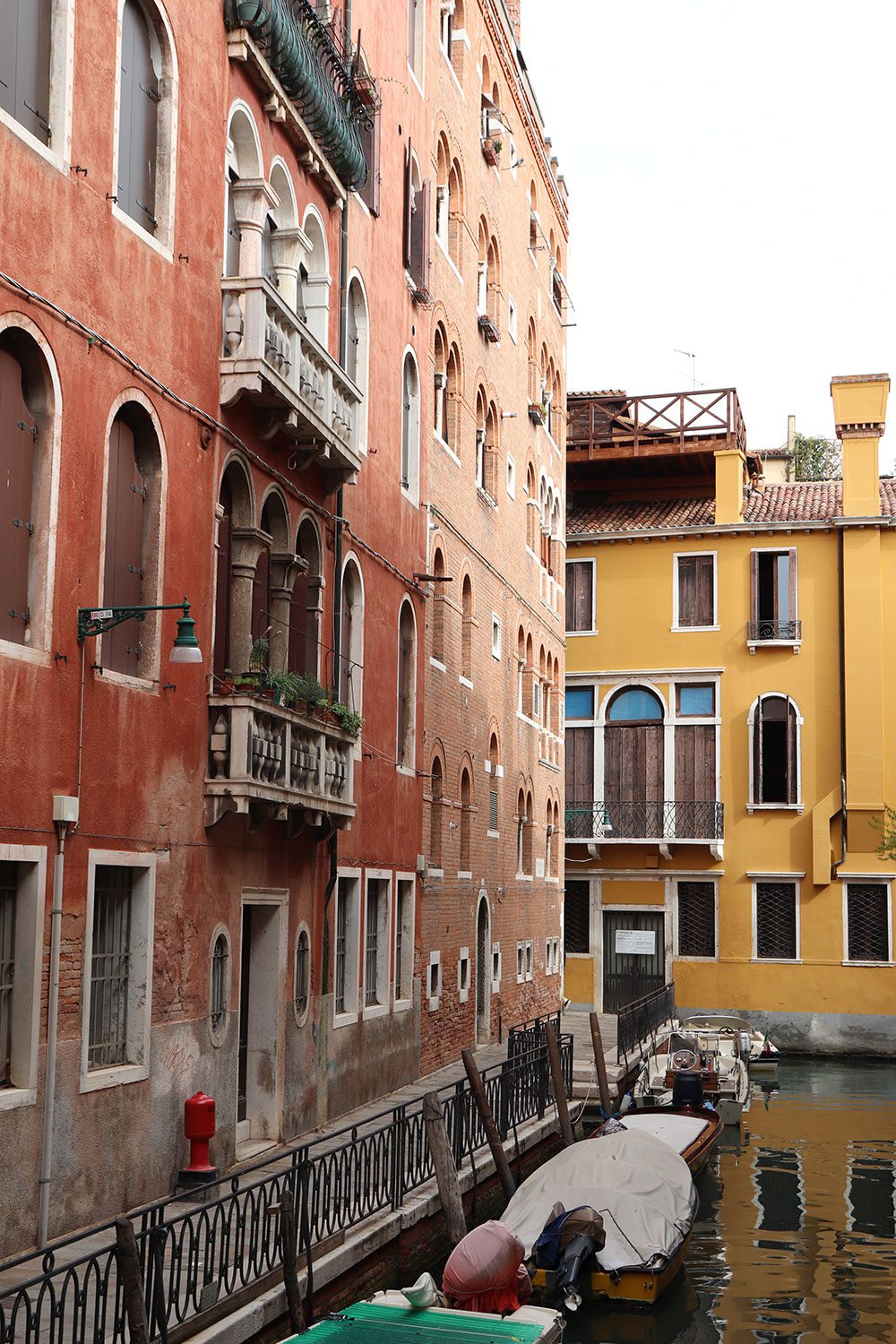
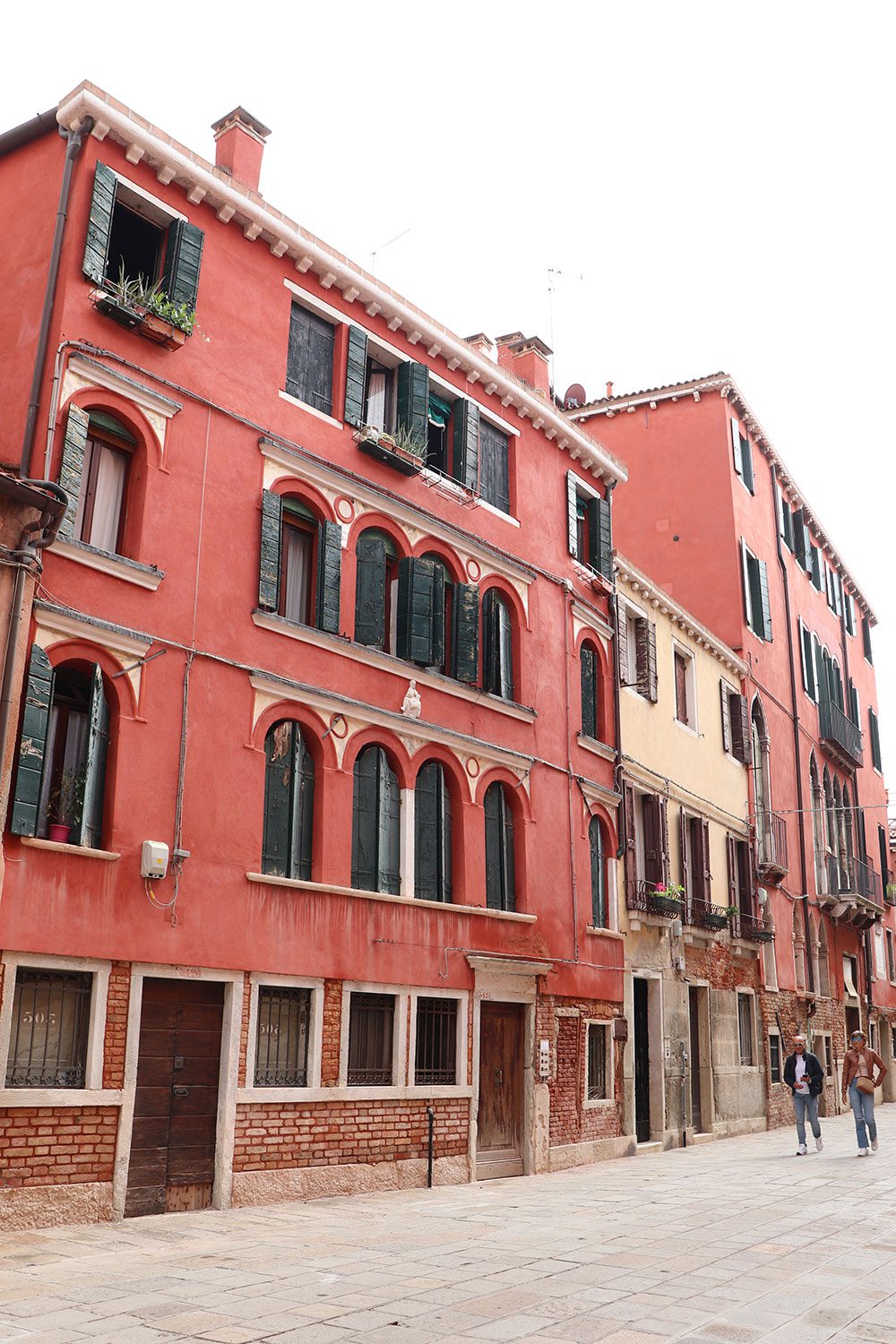
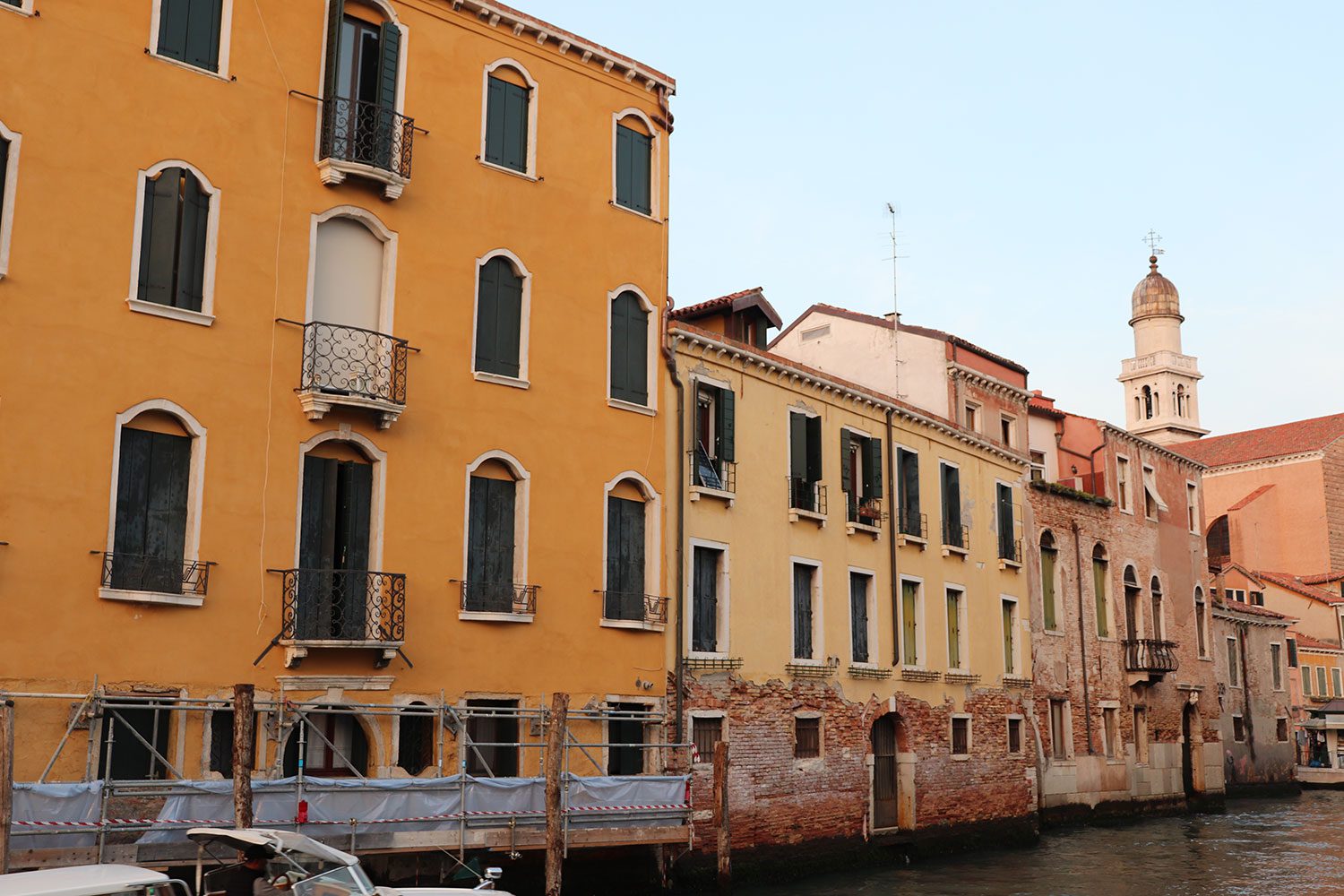
Buy a print of this photo from my store!
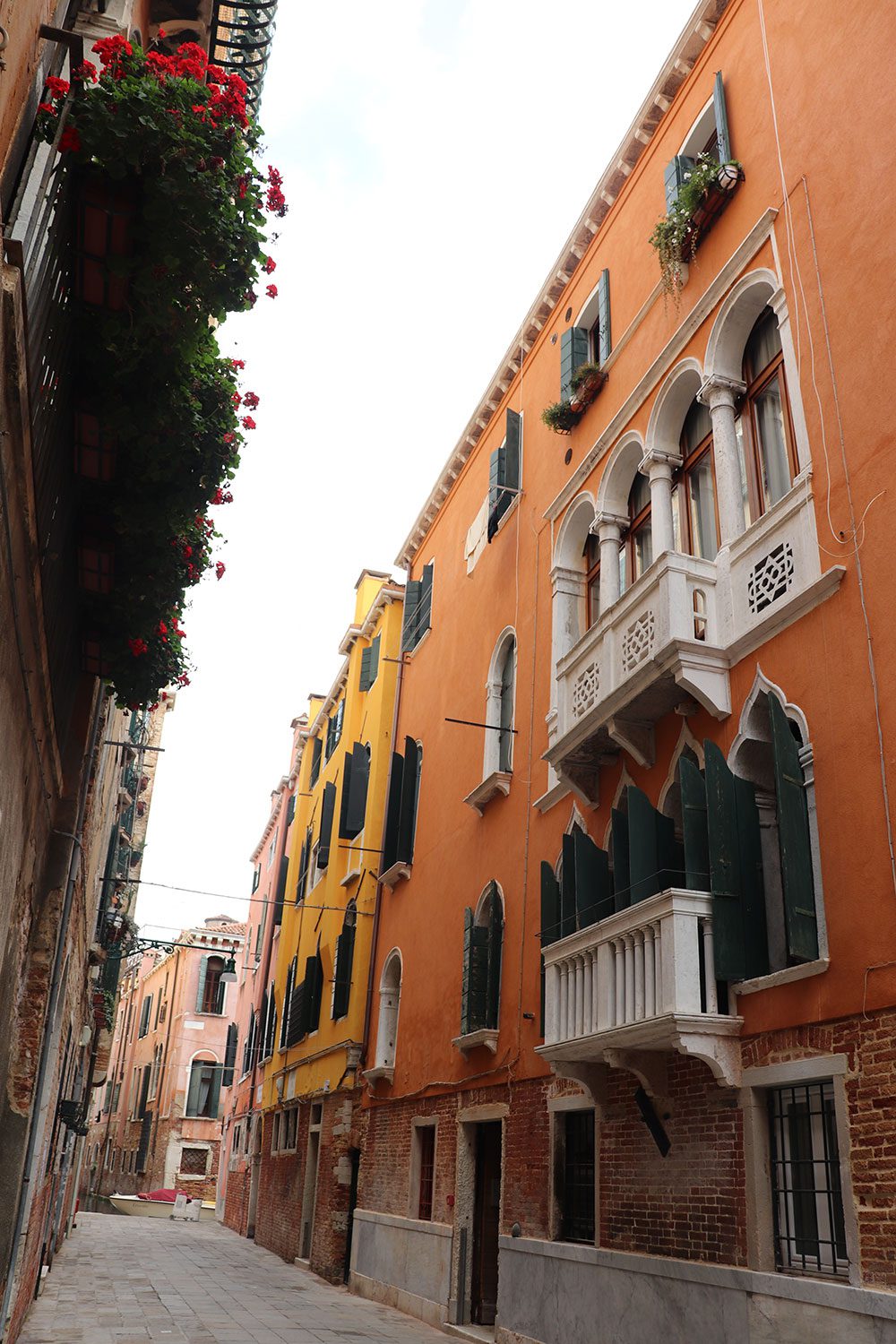
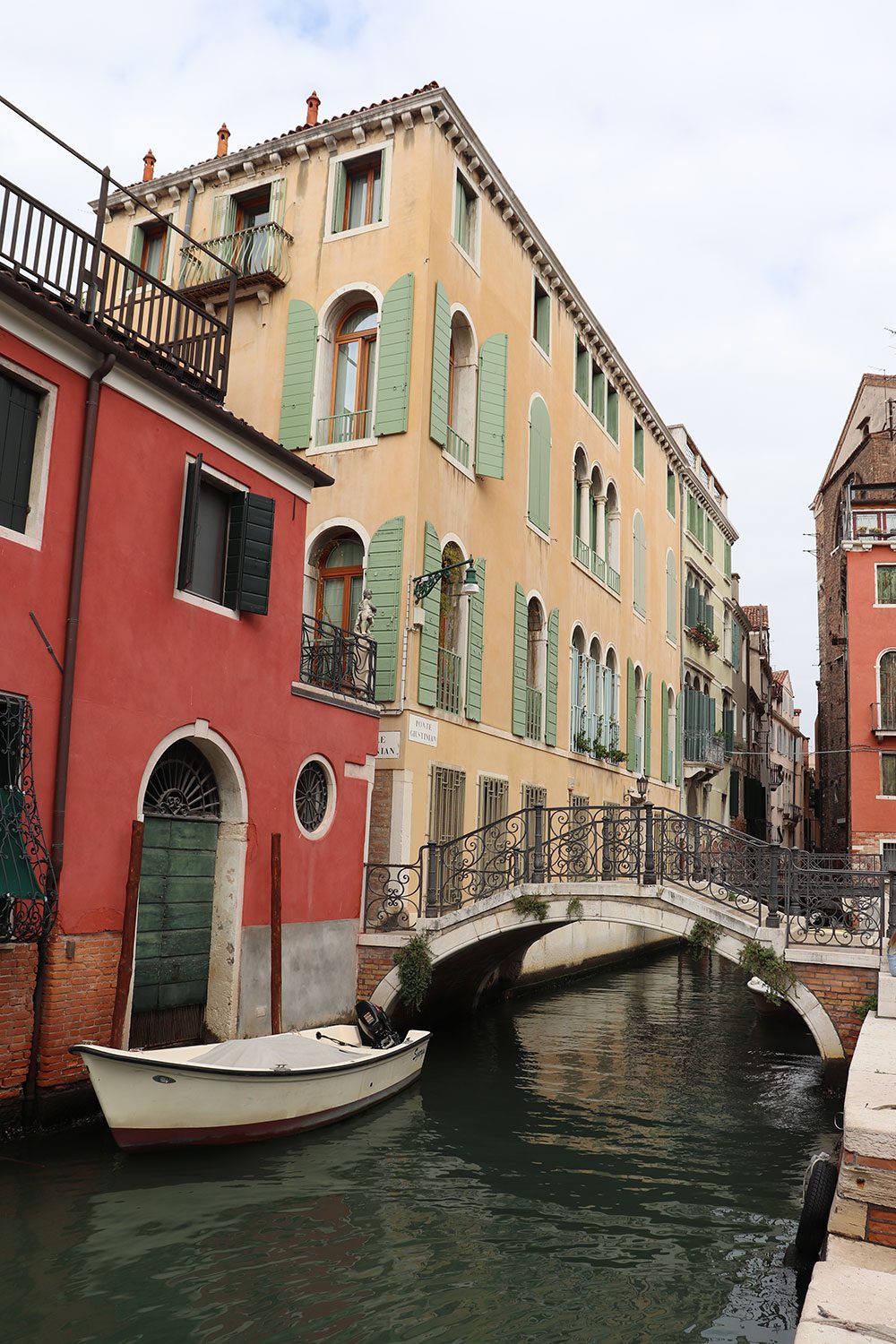
For other nice views, Palazzo Contarini (which is used for events) has a tower you can climb up for a fee. Additionally San Giorgio Maggiore, one of the most notable churches from Venice’s land, has a tower you can go up as well to get good views. I would’ve liked to see Venice from above but oh well – it’s very beautiful from ground level anyways.
Some of the other churches I wanted to see include I Gesuiti and the very old Torcello Basilica. Basilica of Santi Giovanni and Paolo is the resting place of some of the Doges.
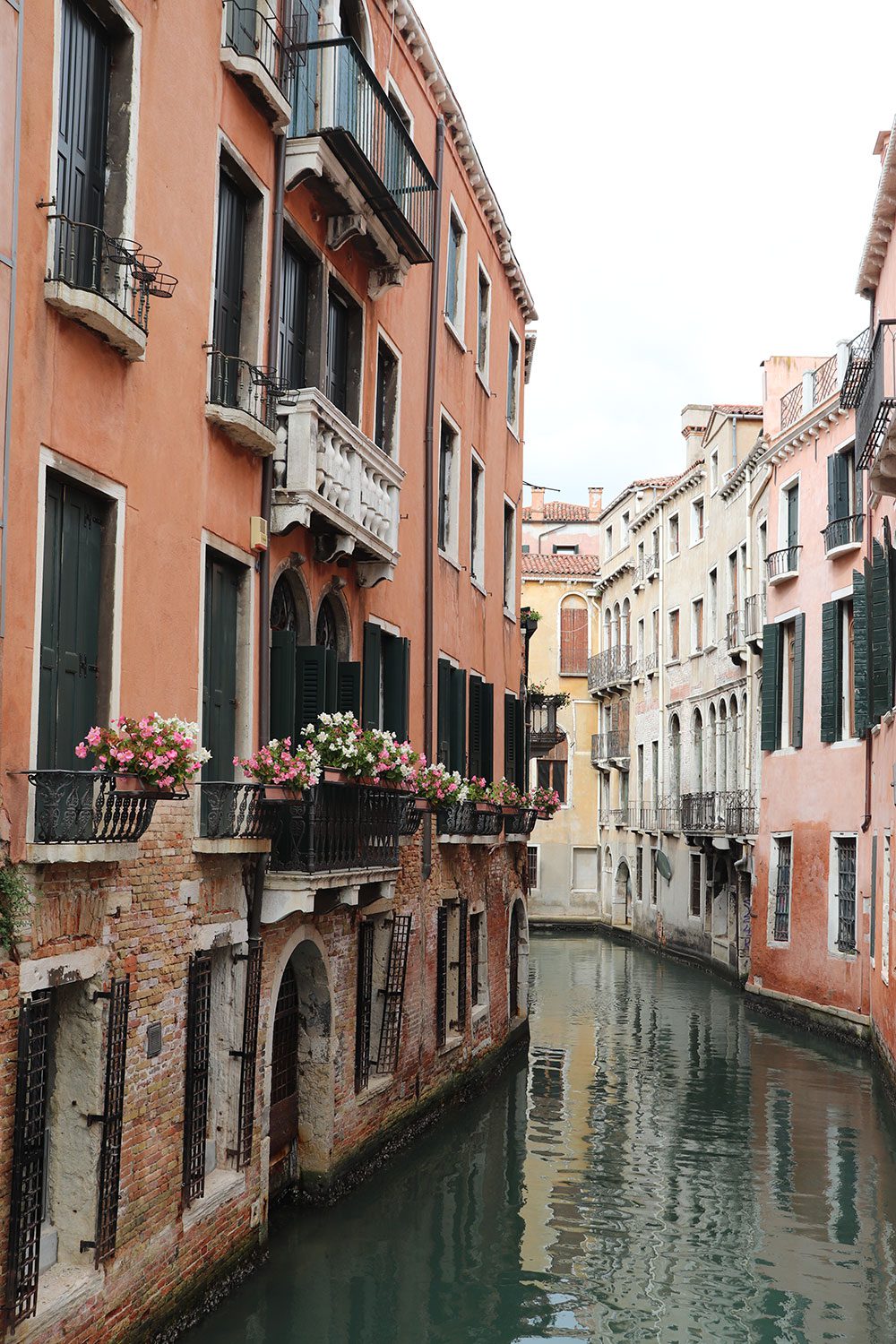
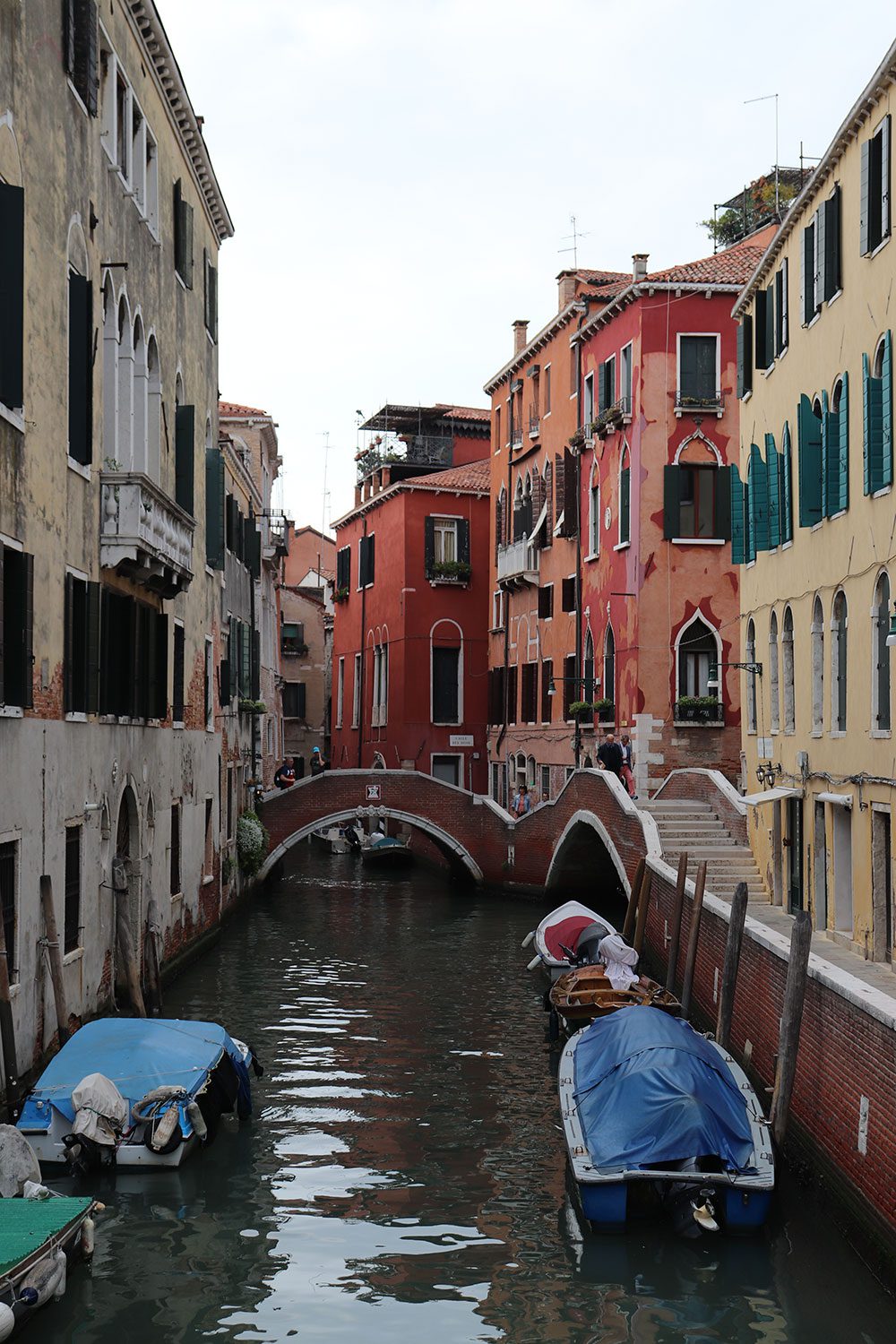
Buy a print of this photo from my store!
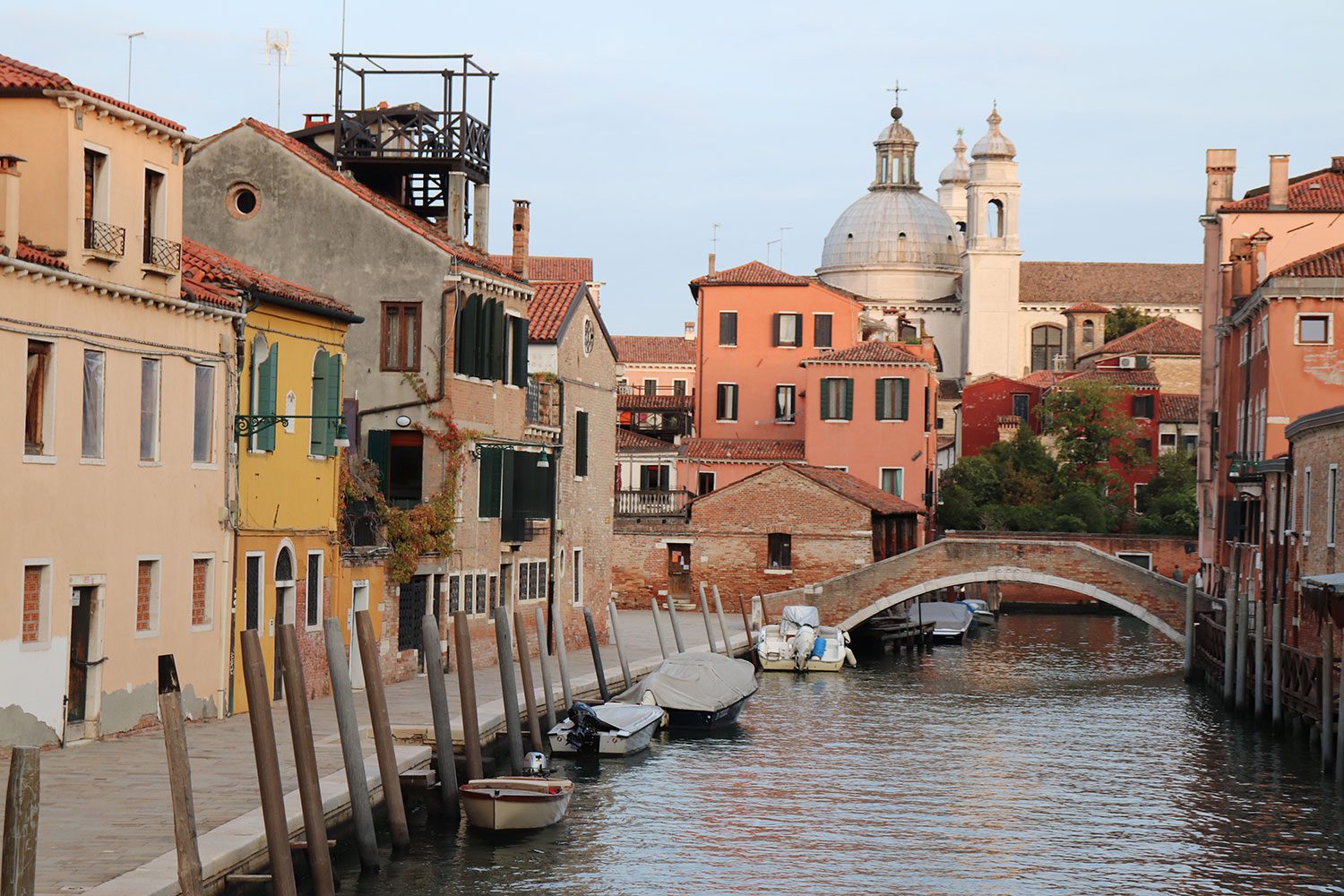
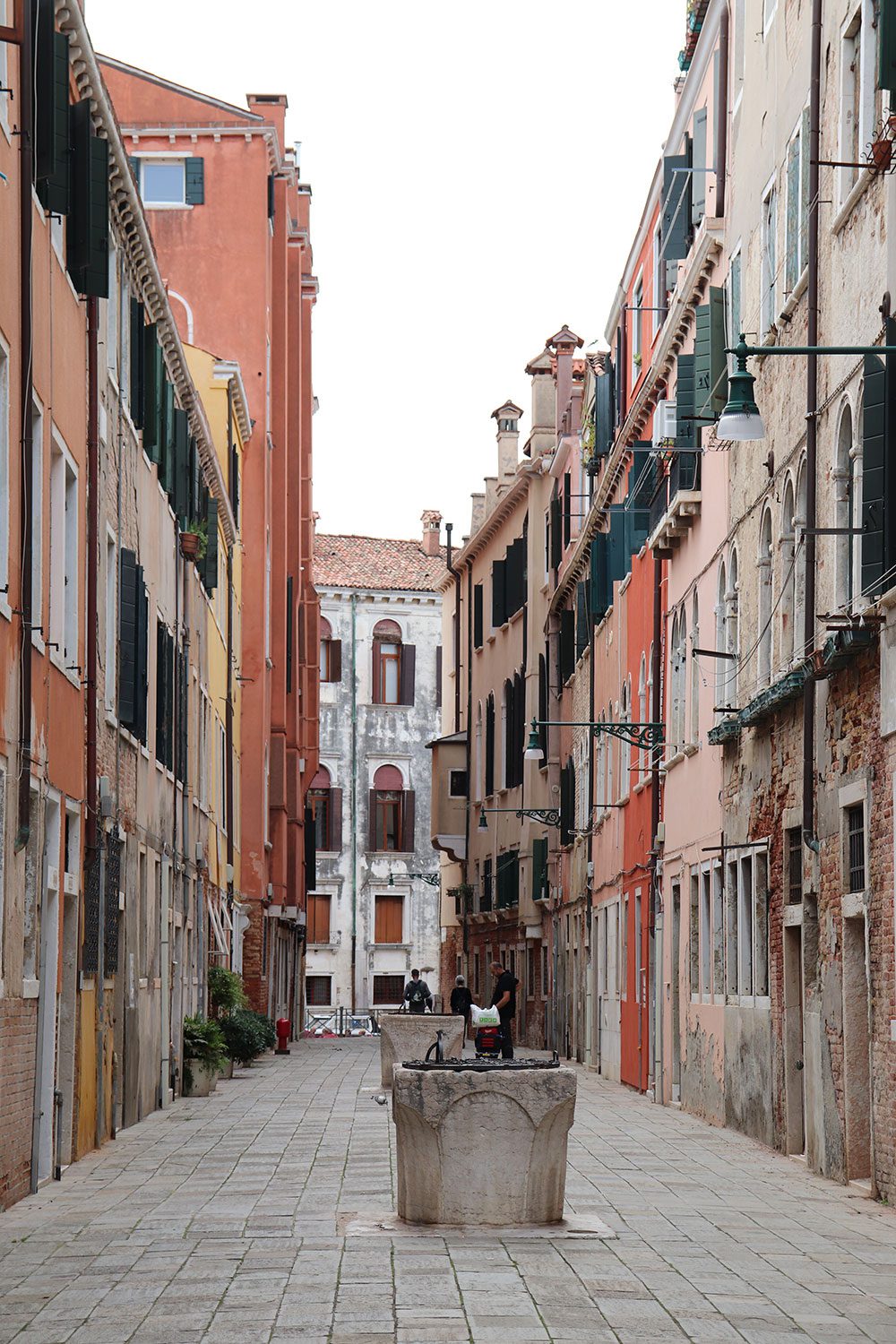
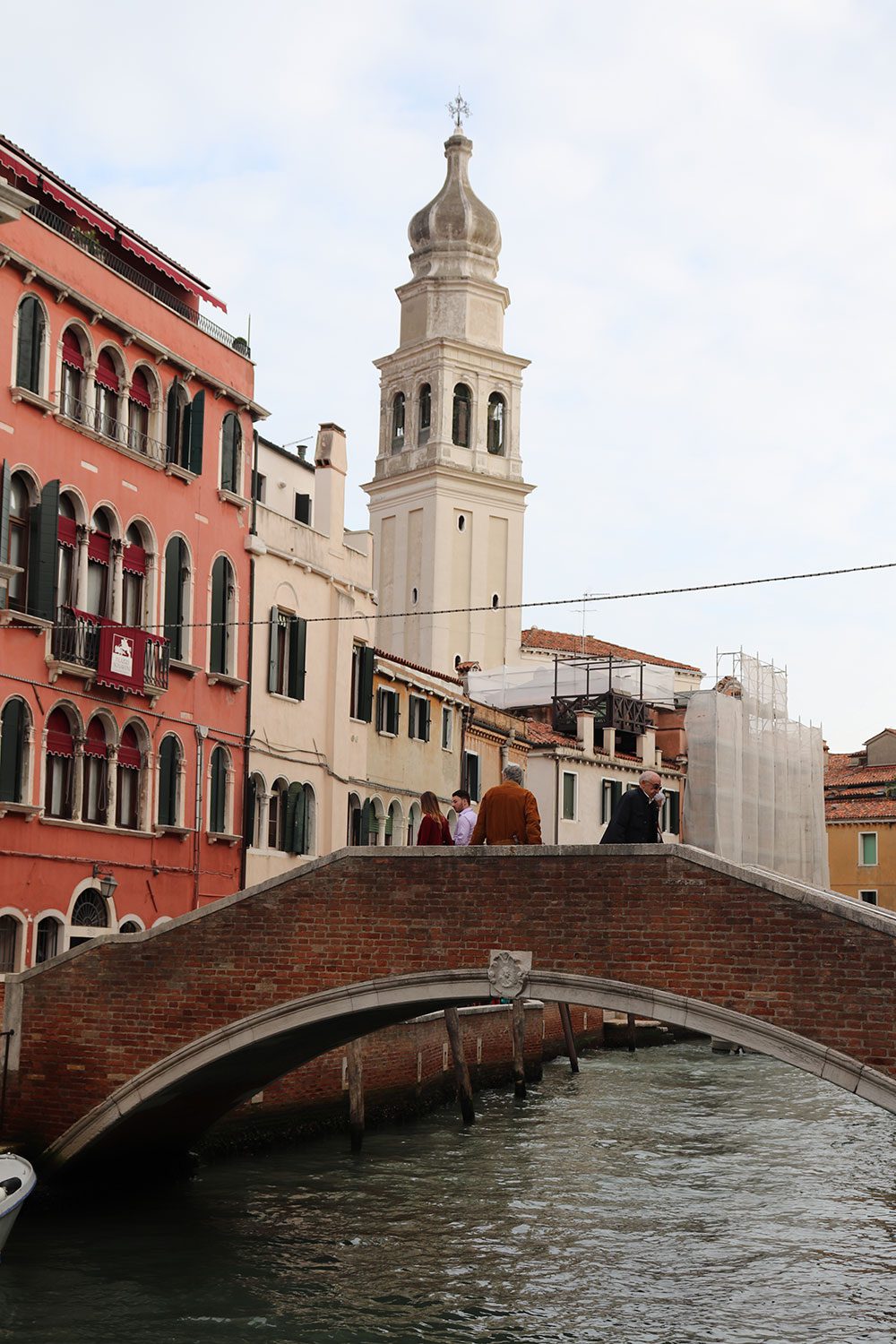
A lot of the reason I didn’t have time to see as much as I did – and I had 10 hours in Venice – was because the city is so big. Even when you don’t consider areas like Murano and Burano, there’s no way to explore the full city in one day. Since I like to wander down streets and pop in shops, that kind of thing, it took me a good two hours to get from the train station to Piazza San Marco. I didn’t rush any of the museums but I did end up rushing more around the city to see as much as I could before I had to go back. There are just so many streets to explore. For a vacation, Venice deserves about 2-3 days to see some museums and get to know some of its neighbourhoods. But I feel you can spend weeks in Venice and still find new things to see.
A lot of people write Venice off as a tourist trap but even though it’s filled with tourists, it’s because Venice is so unique and wonderful. Sure some people don’t like it. But if you’re in Italy, at least give it a try.
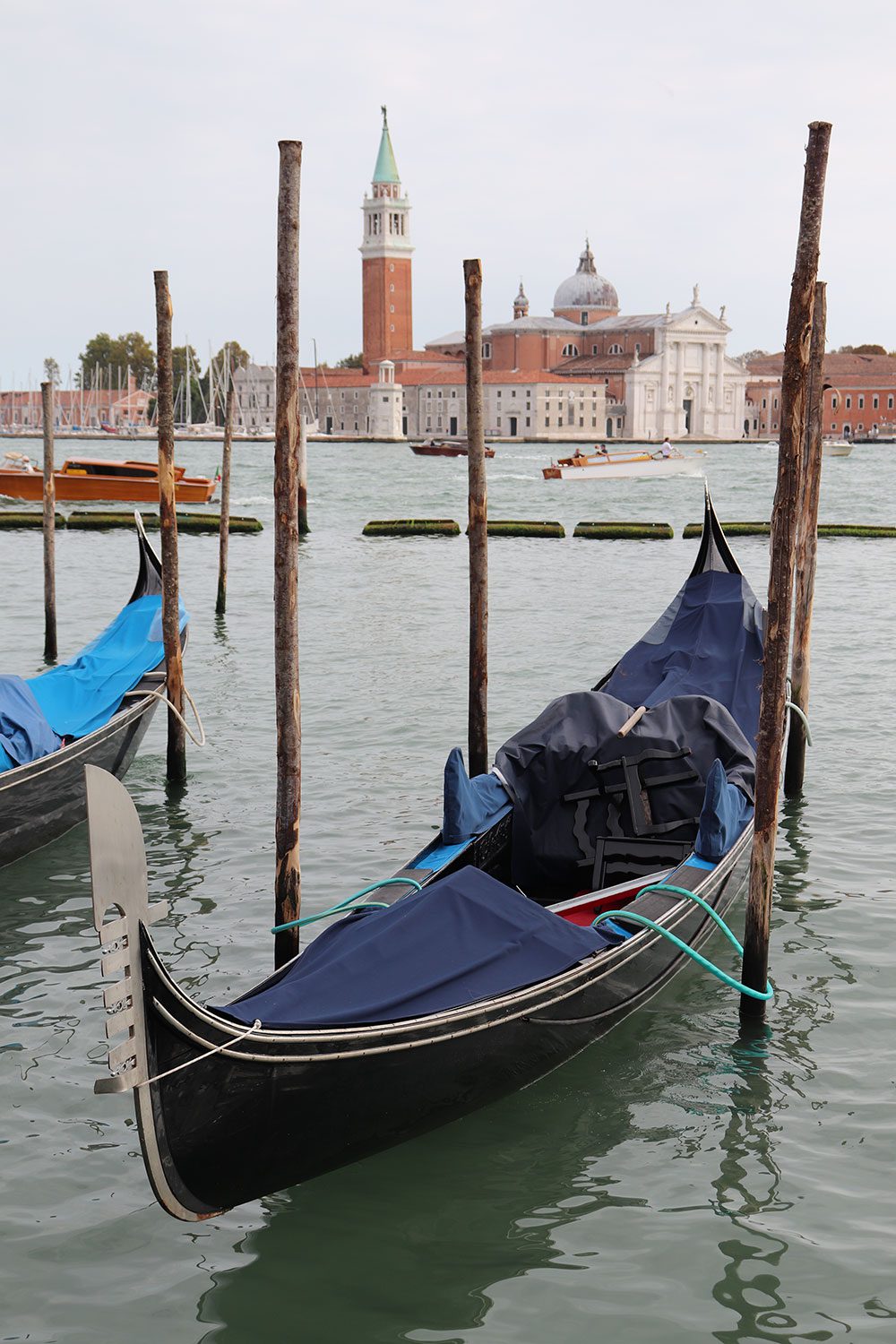
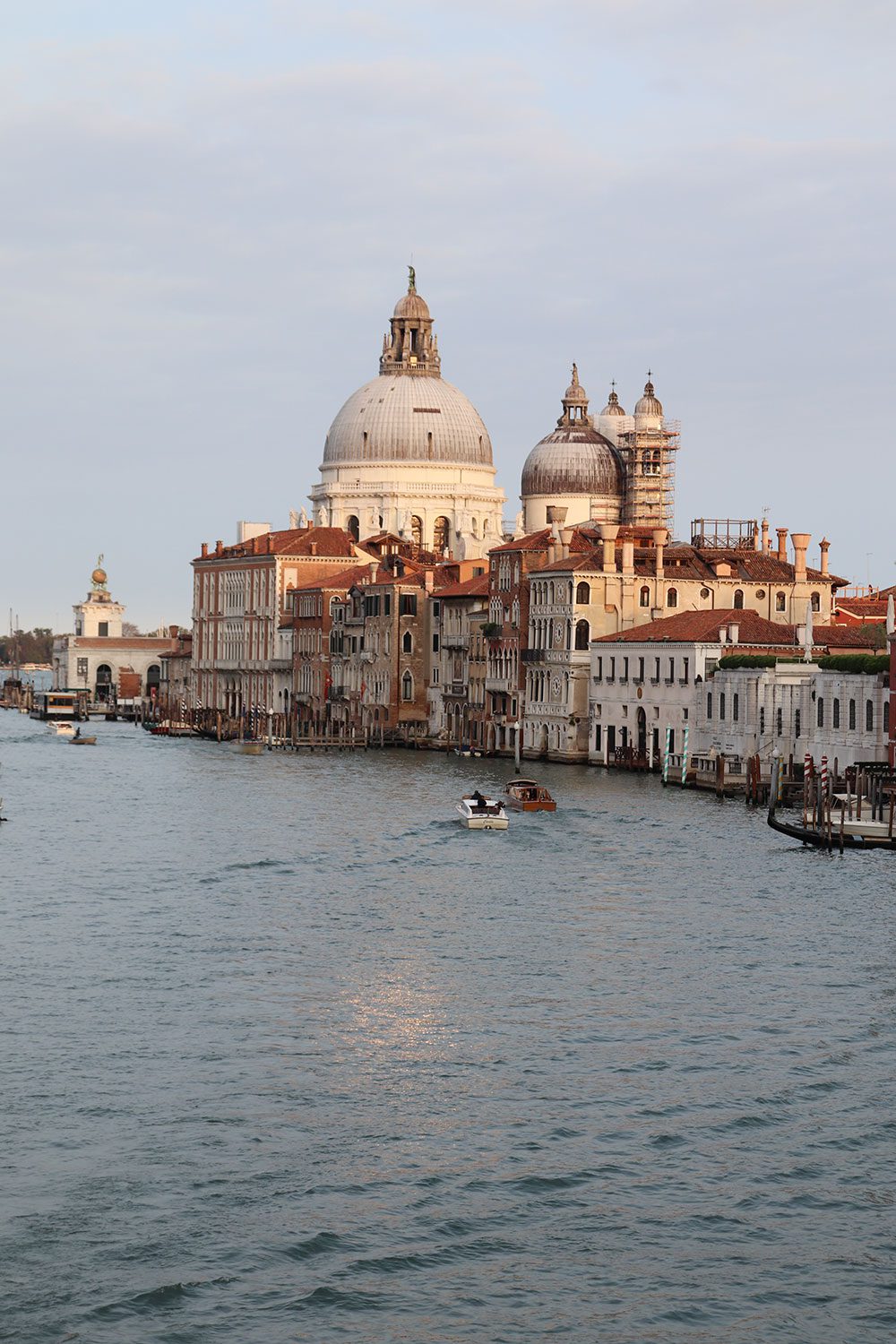
I have no plans of returning to Italy in the immediately future but I absolutely intend to return to Venice, again, to explore the things I didn’t get to see. Then I’ll update this guide with personal recommendations and maybe a few hidden gems. I truly hope this guide helped you plan out your trip and gave you a good idea of what the city offers.
Book an Organised Tour
Book Your Stay
Need a Book on Venice?
I’m happy to partner with Bookshop.org to promote sales from independent booksellers.
About the Author
My name's Lilly and I'm a Baltimore-based travel blogger with a focus on art and history. I work full time and manage to get in several trips a year. Learn more about me.Tags: europe, italy, venice
1 Comment
|
Greg said on January 30th 2025 |
I’ve been to Venice three times, but I only liked it when I flew there alone for a few days. 🙂 |












